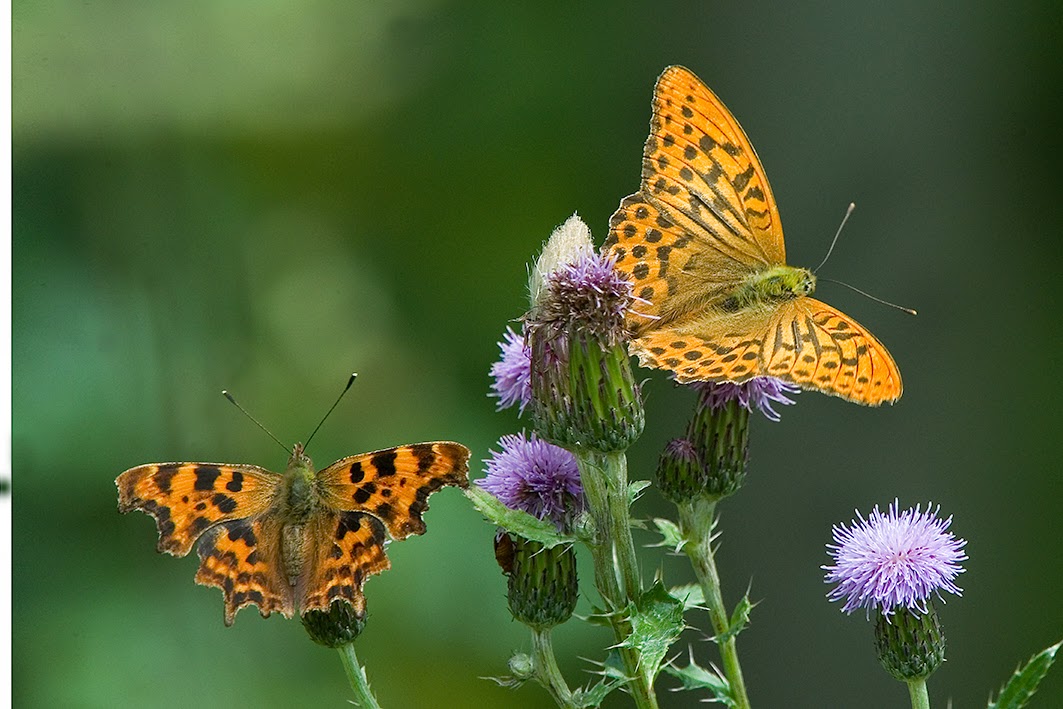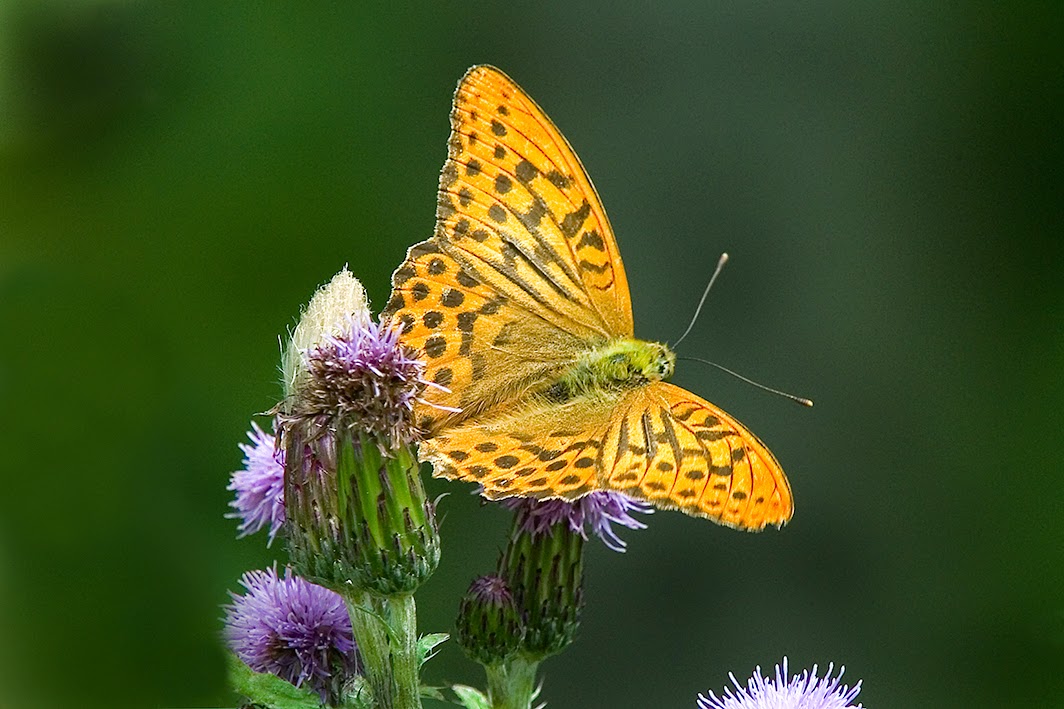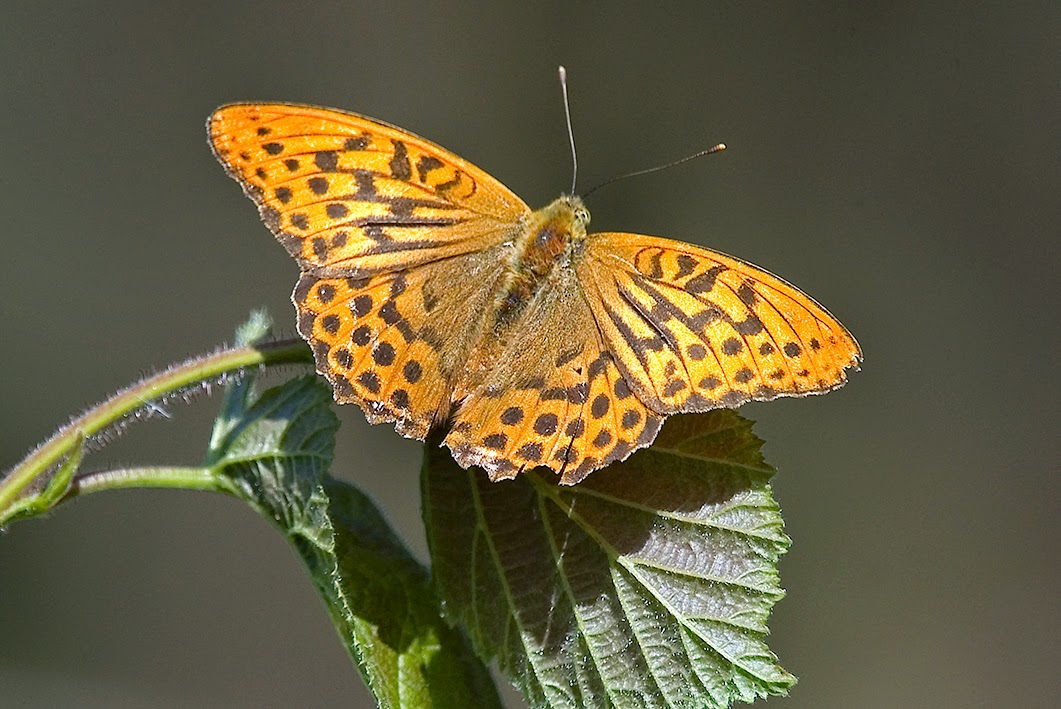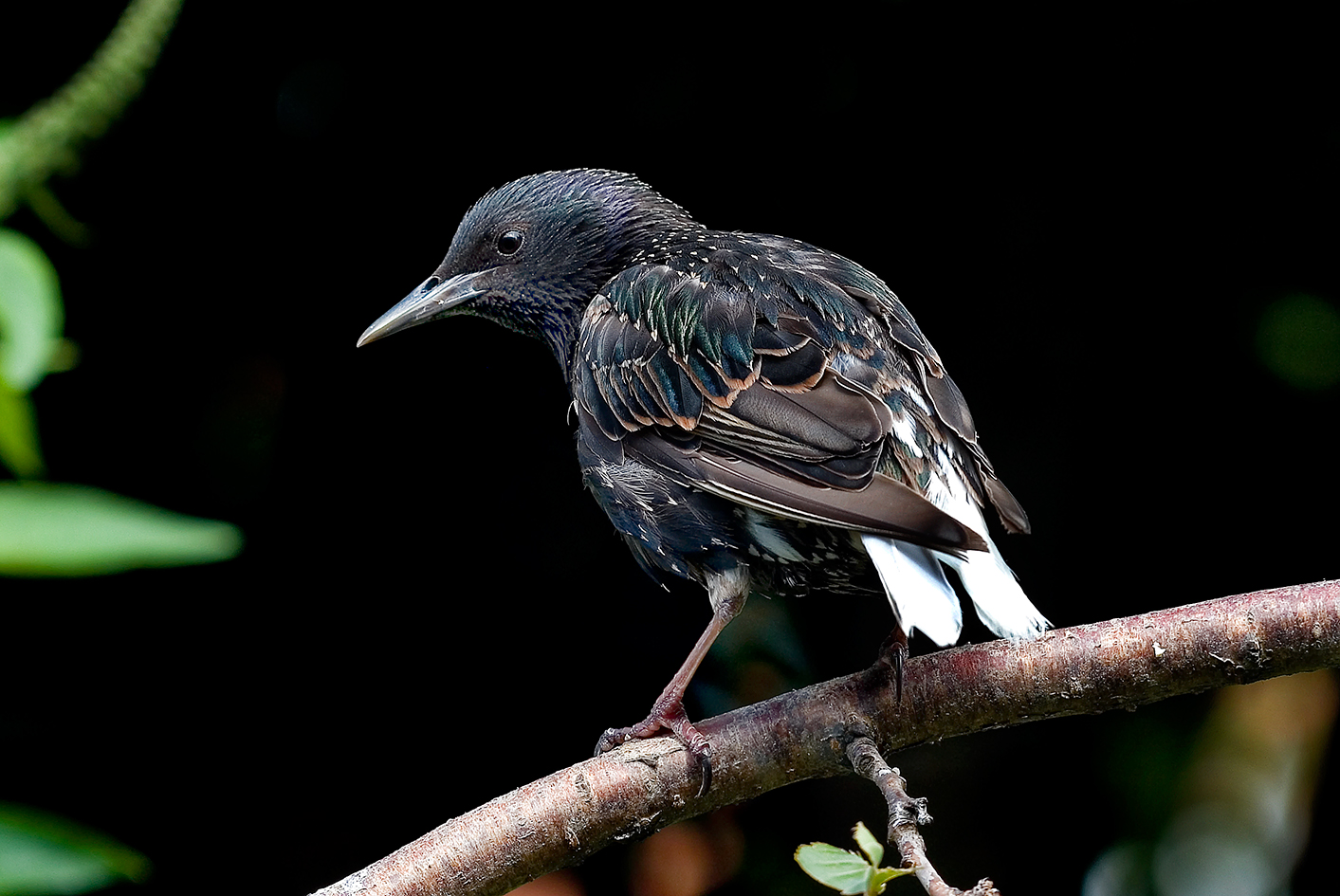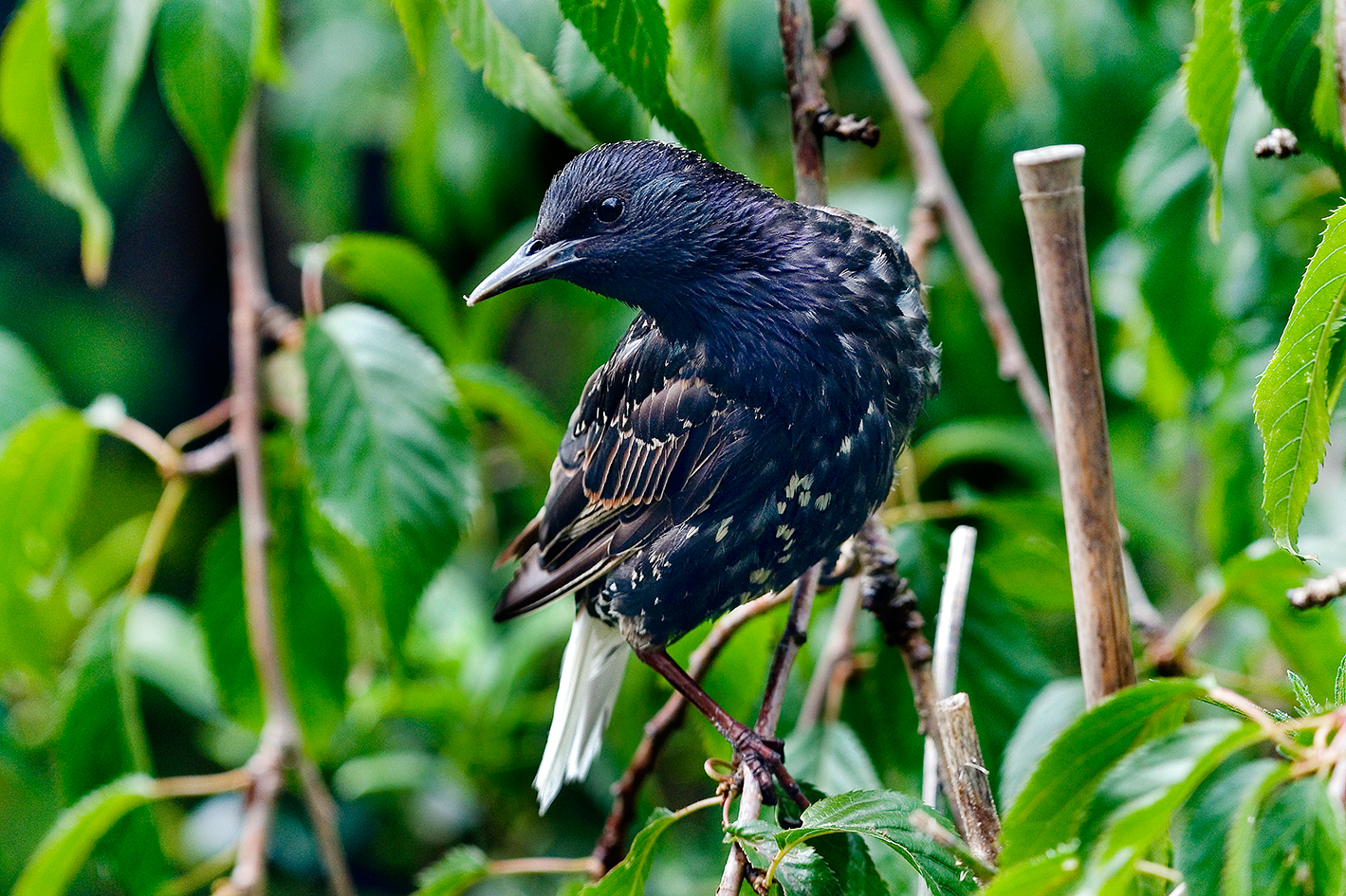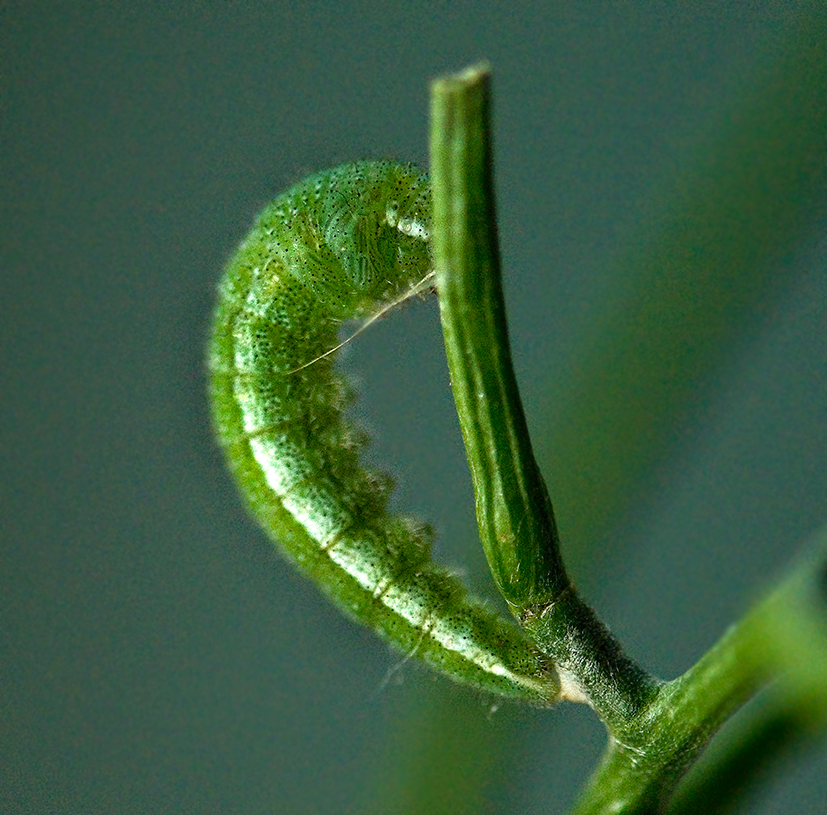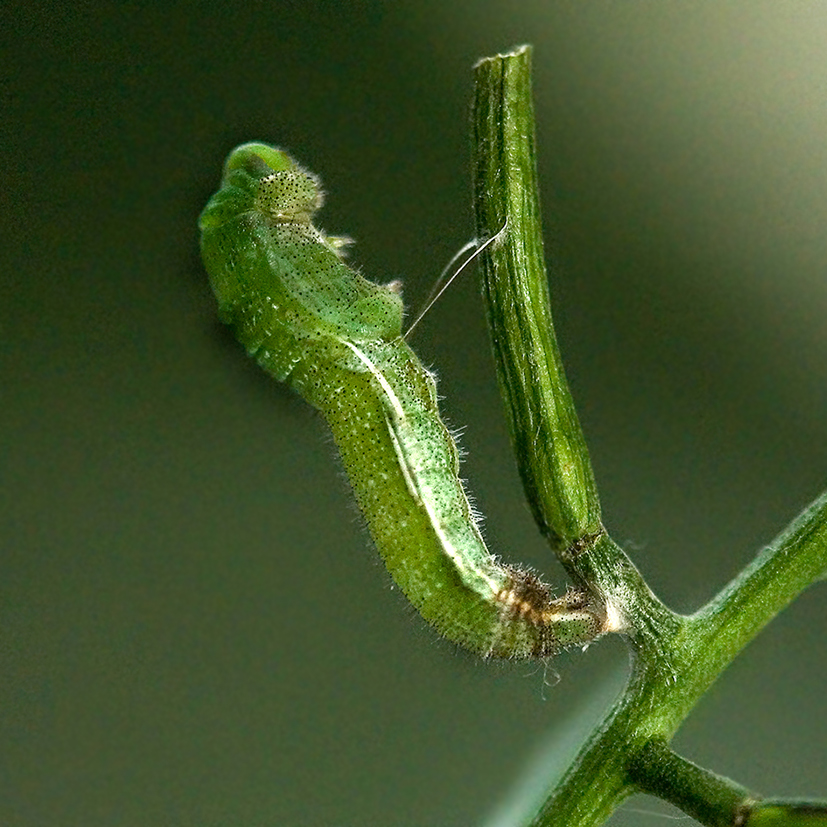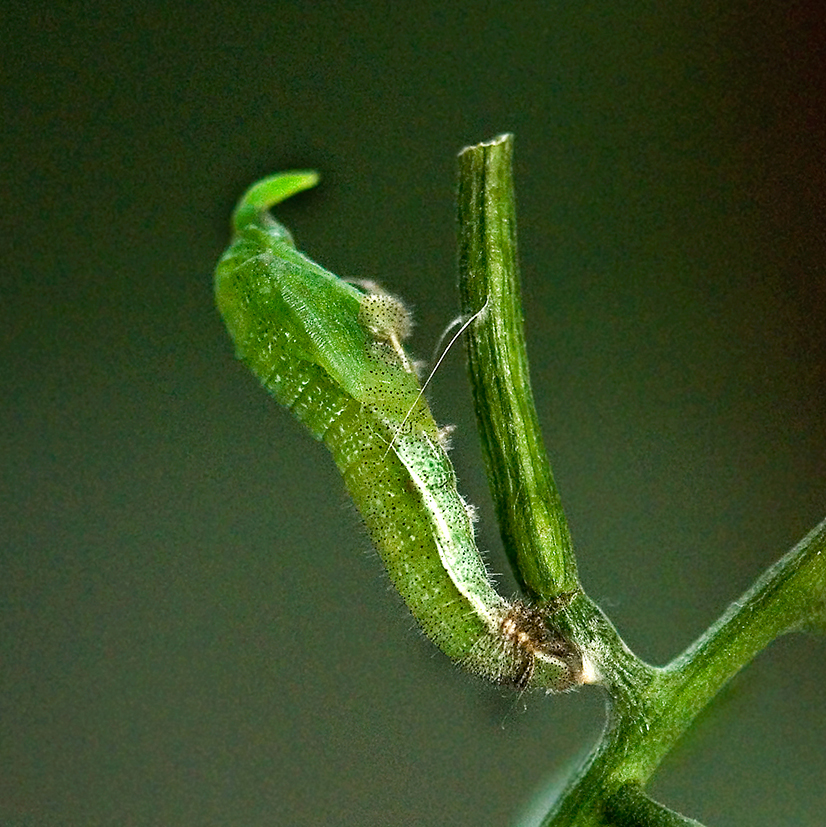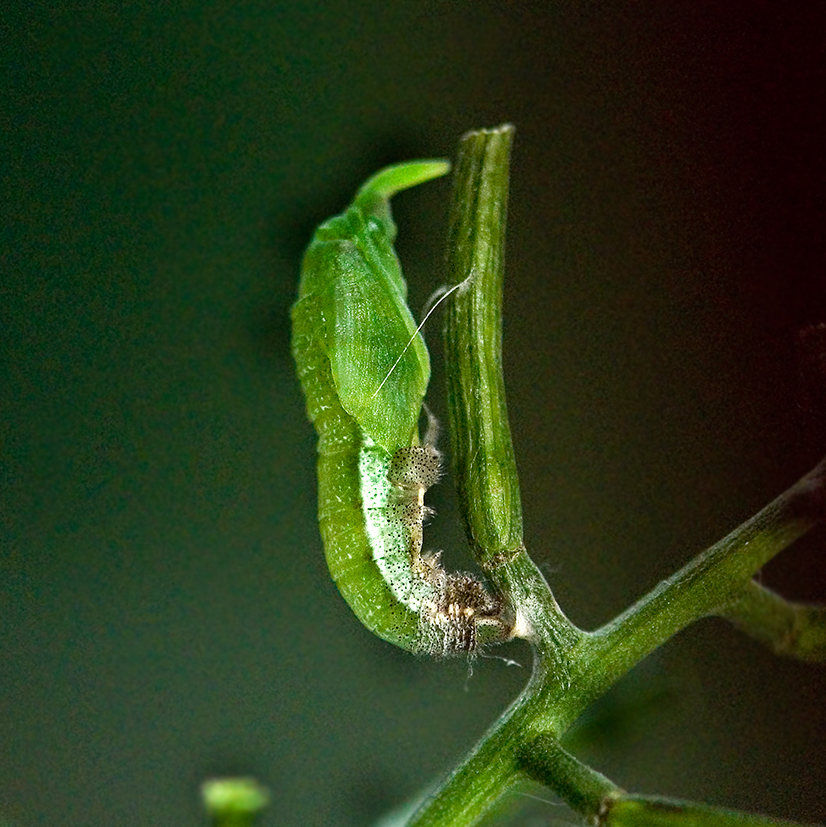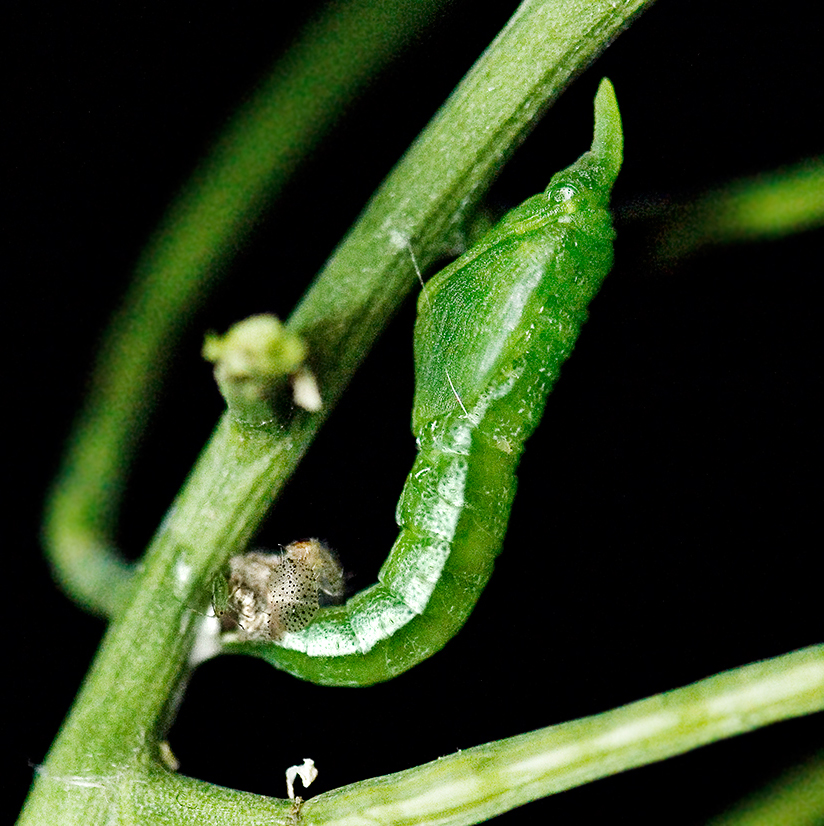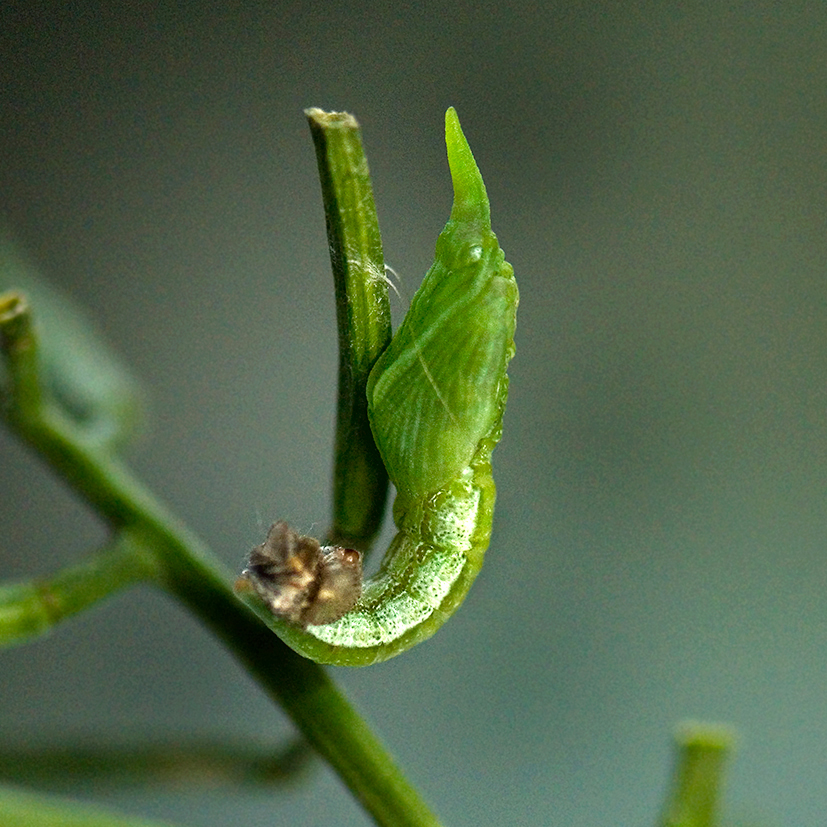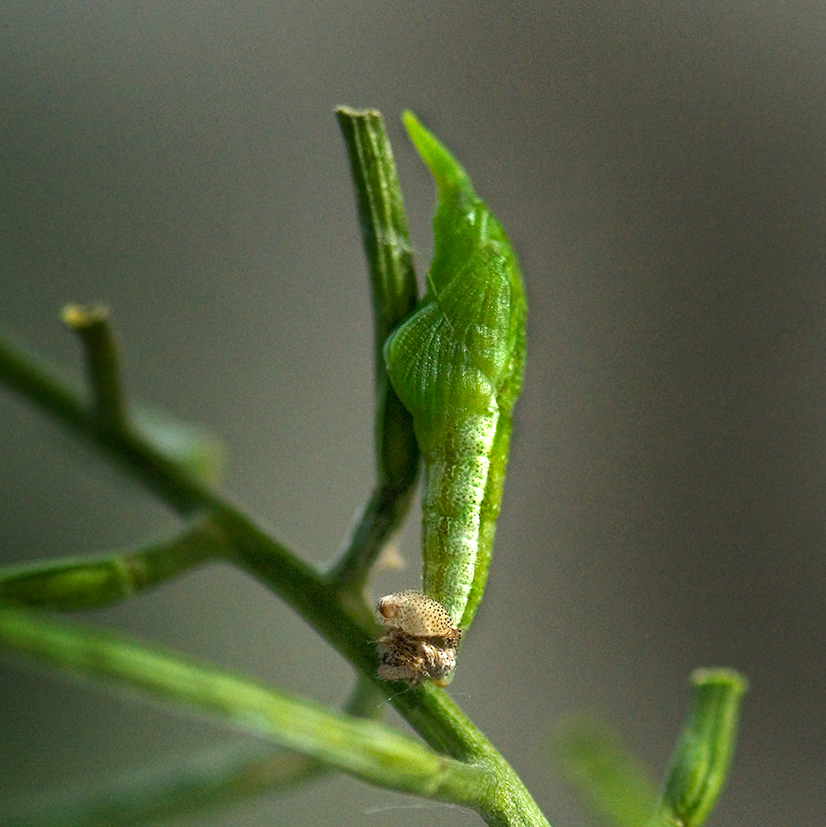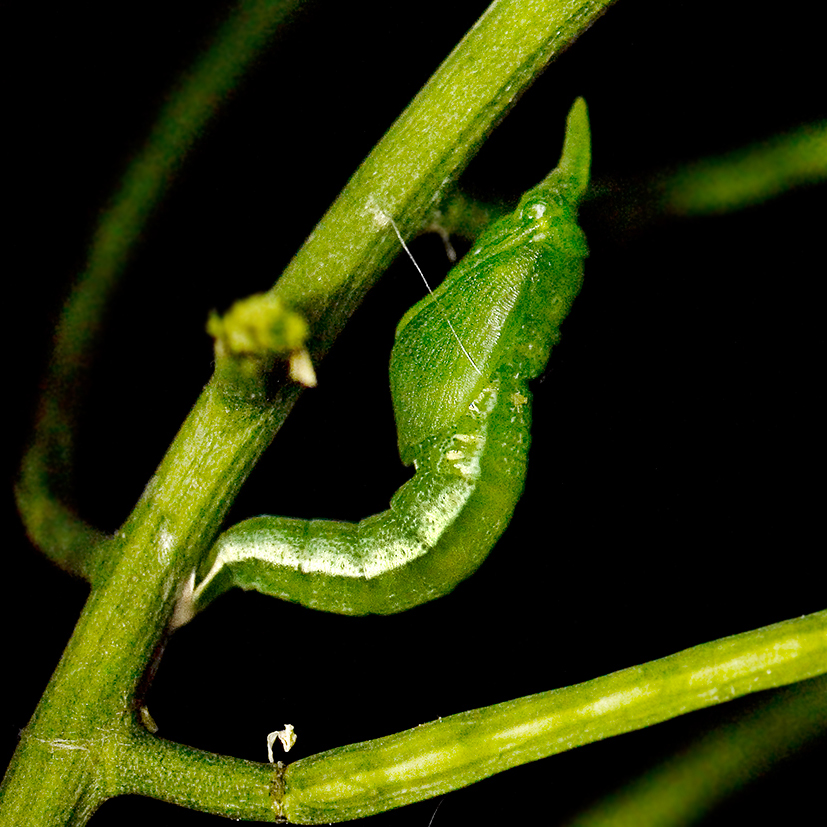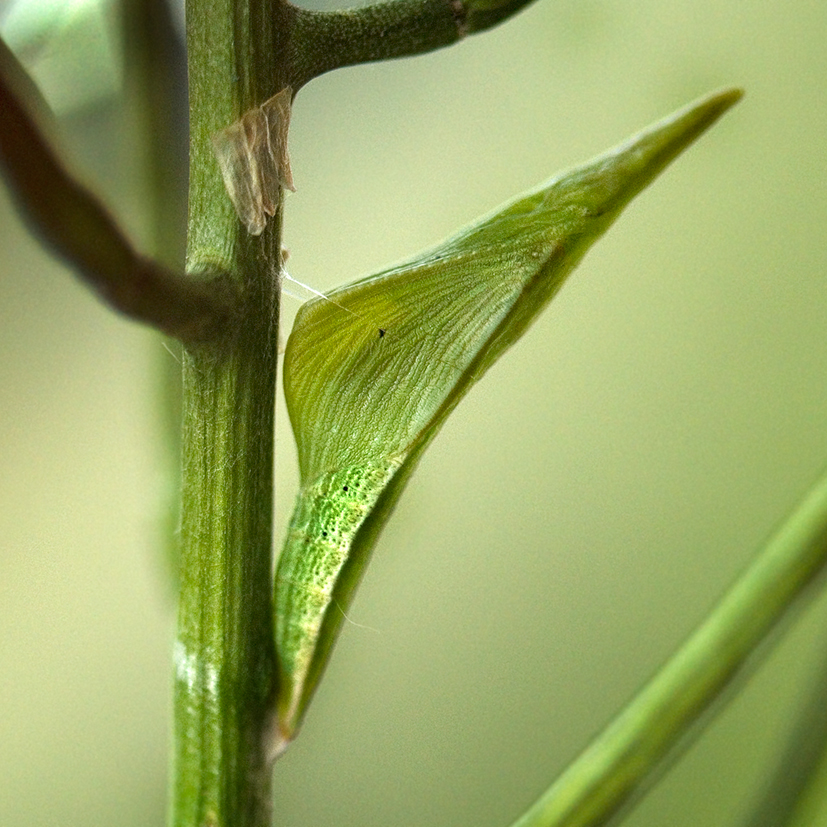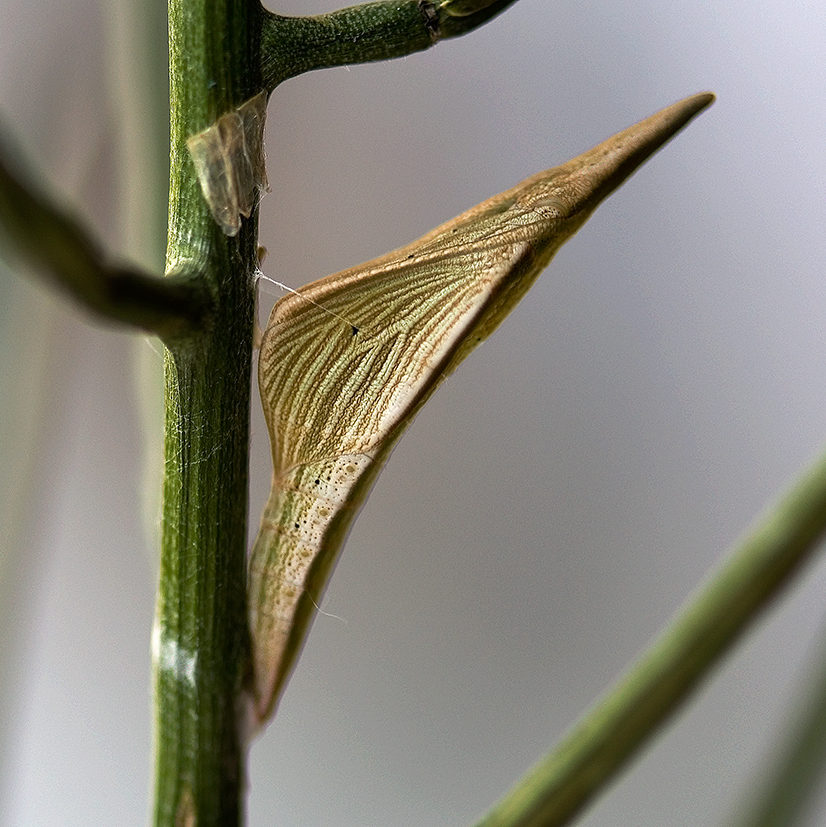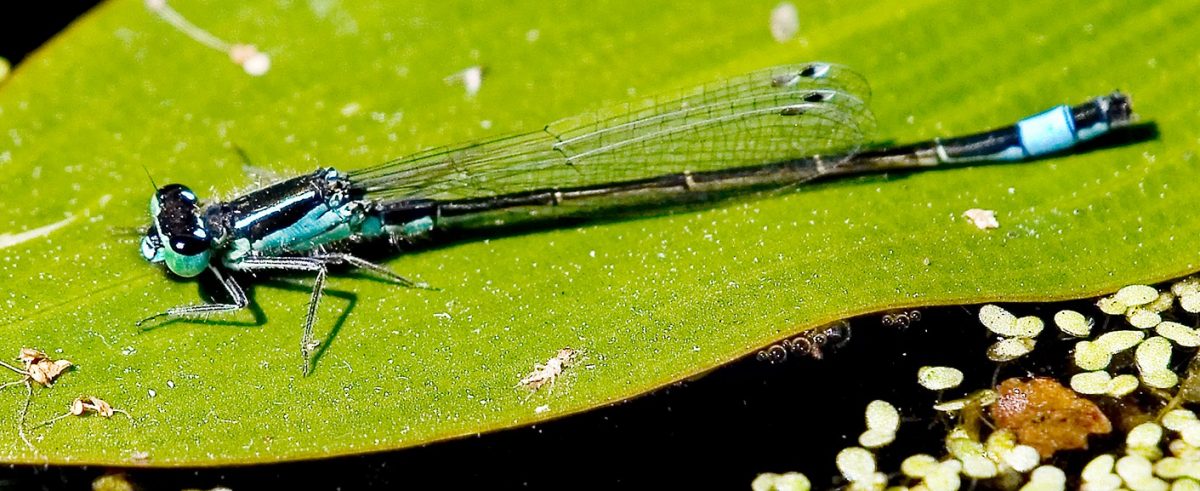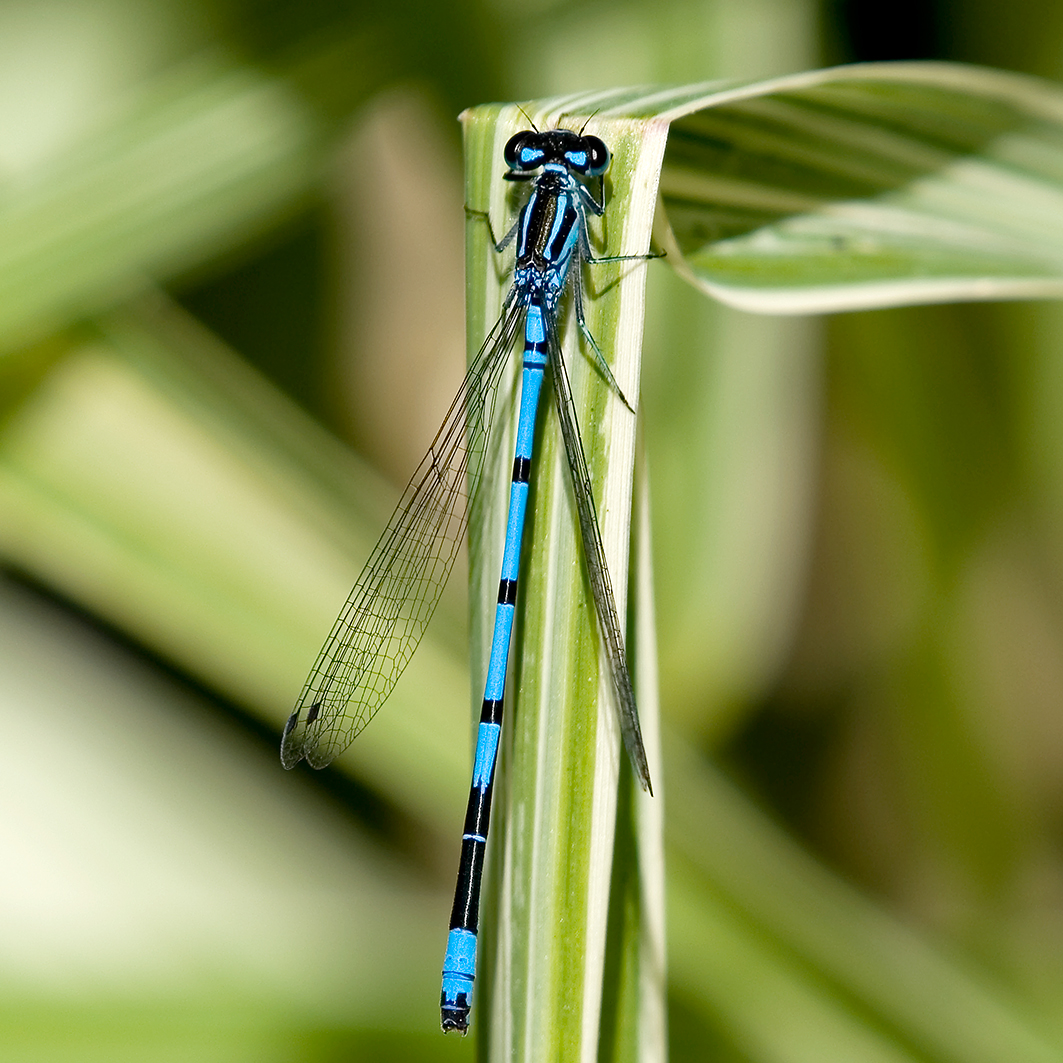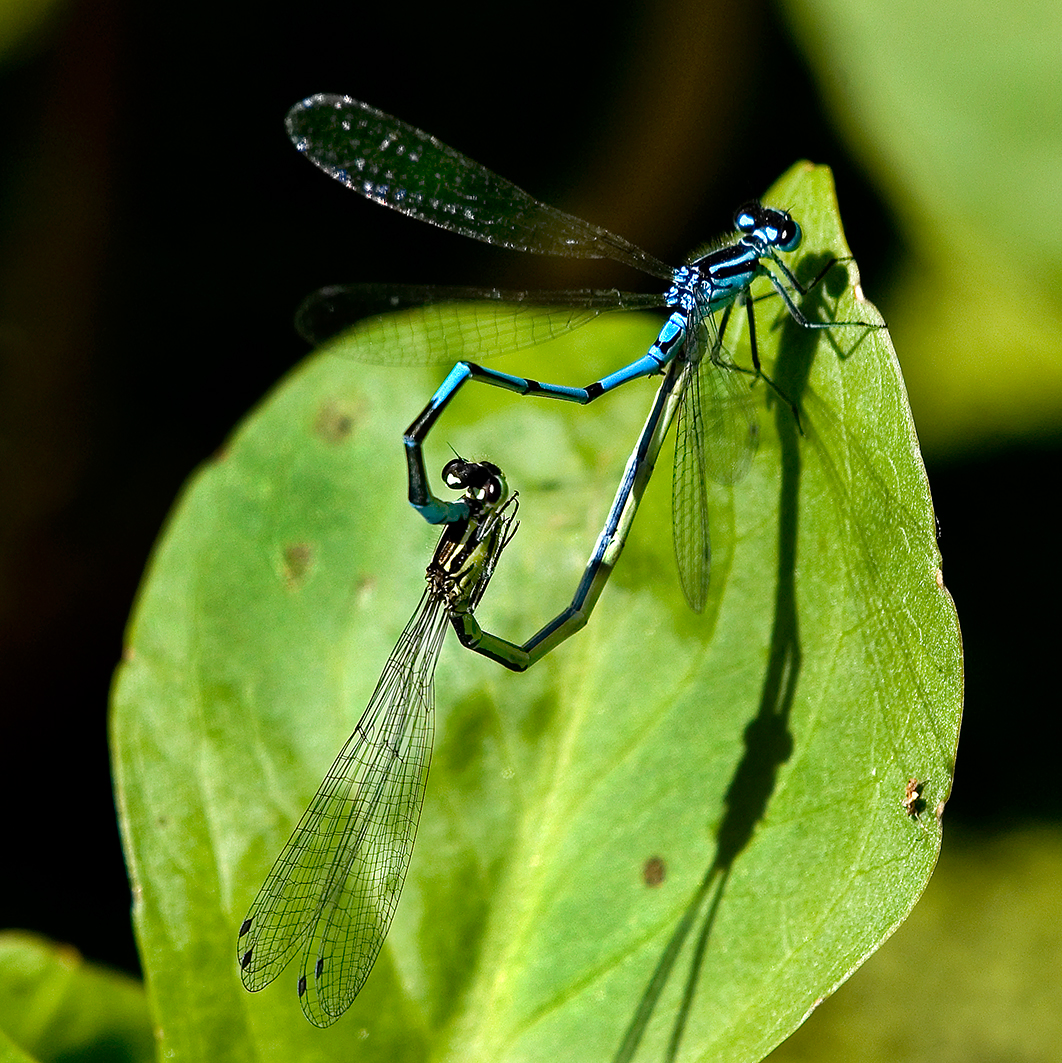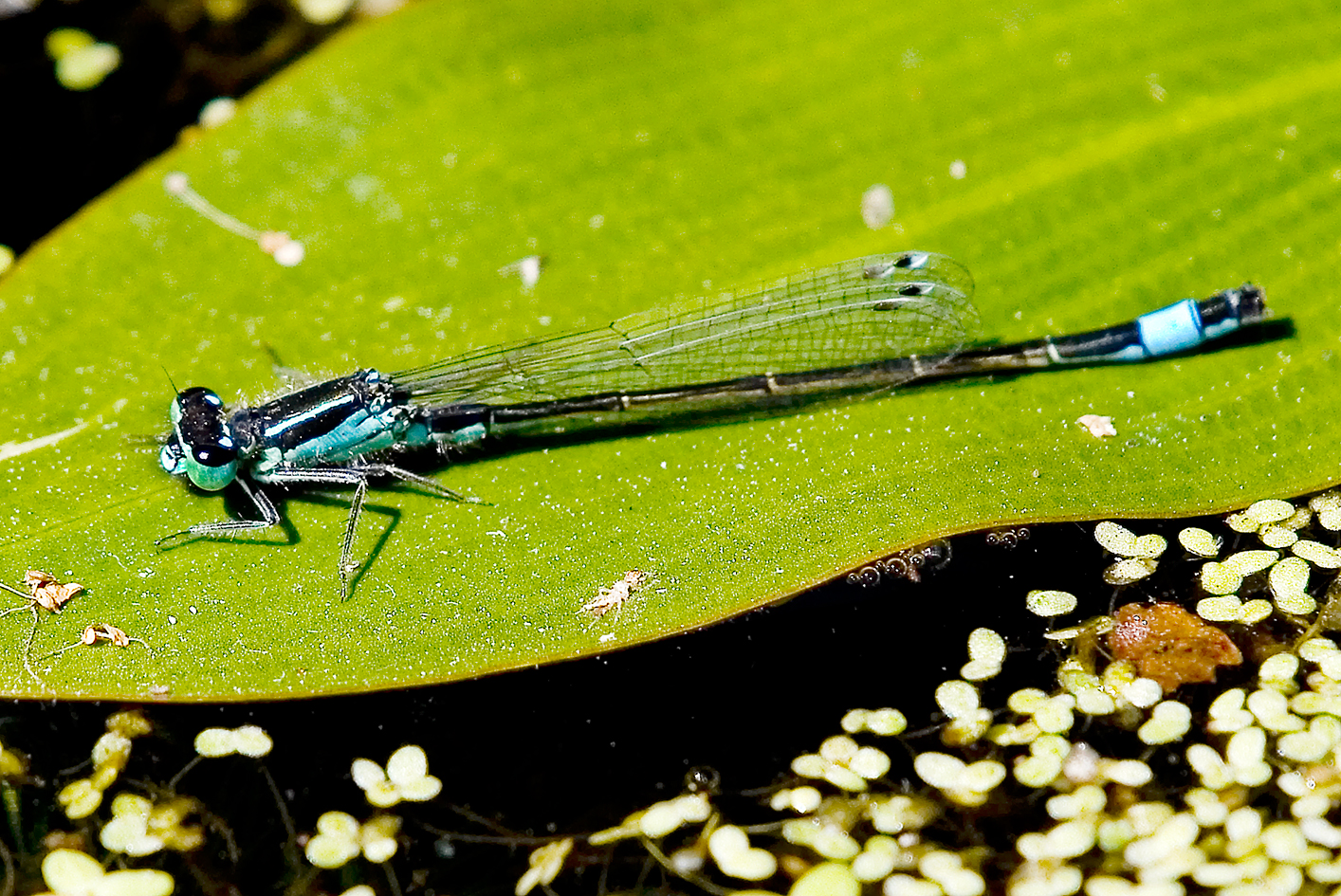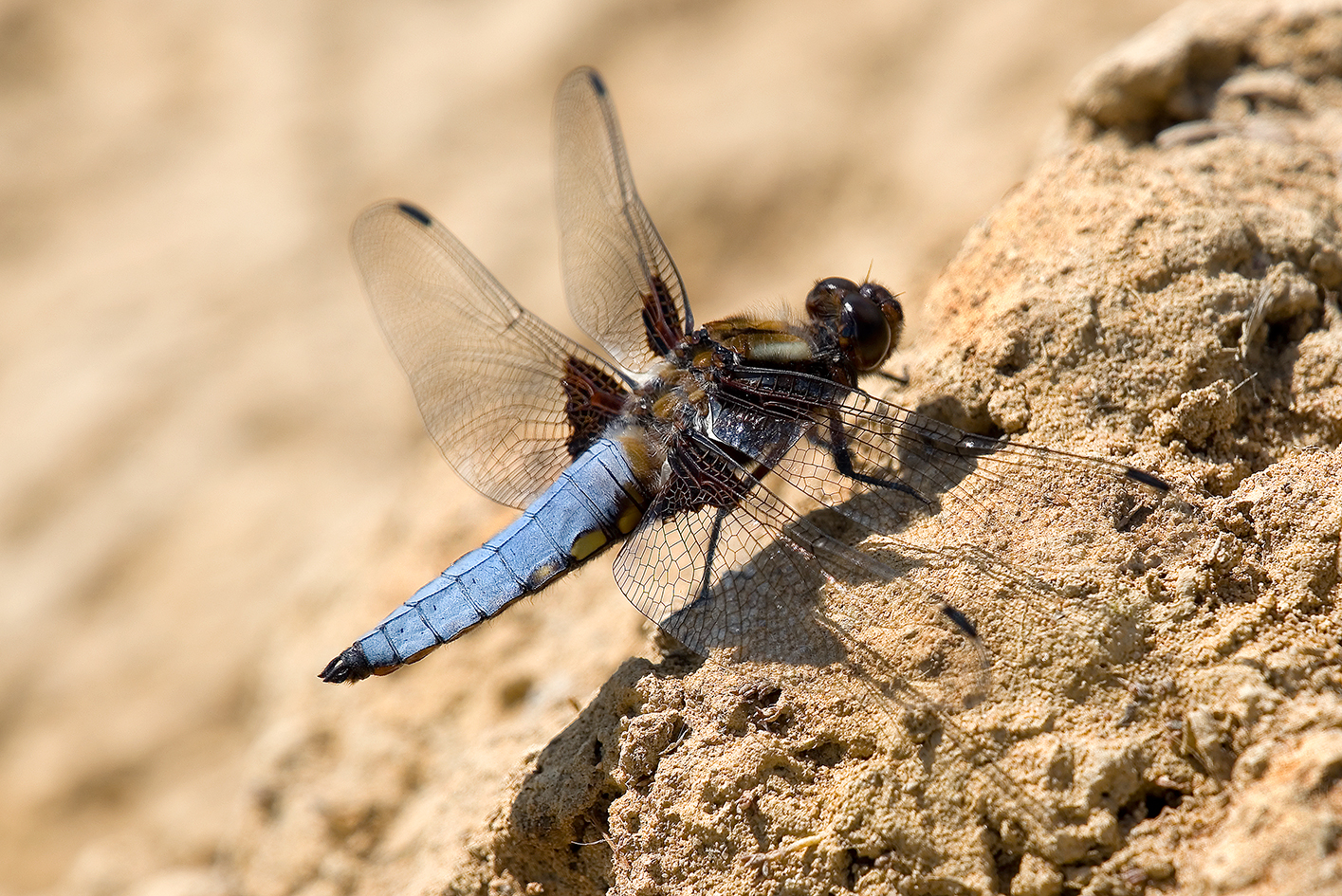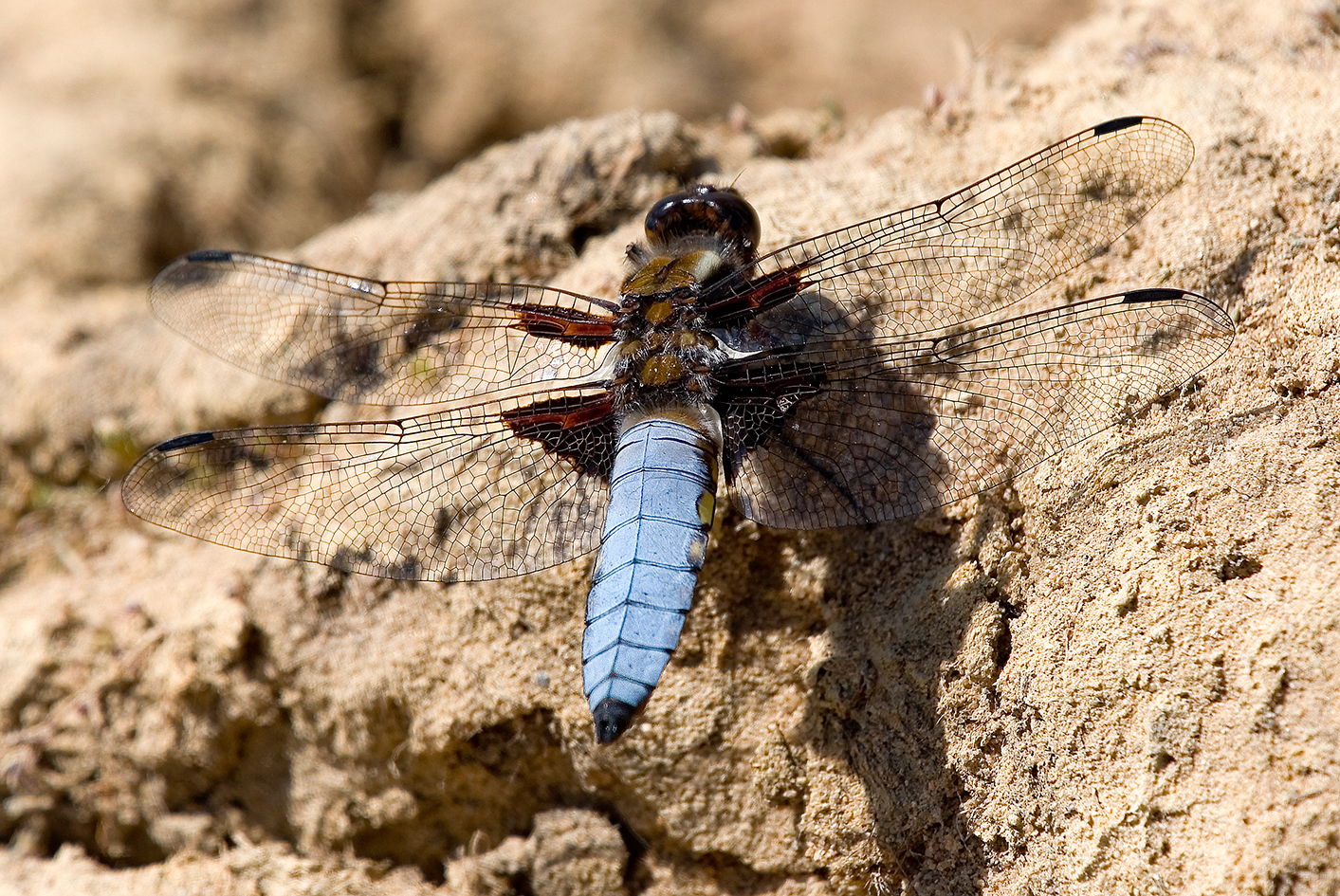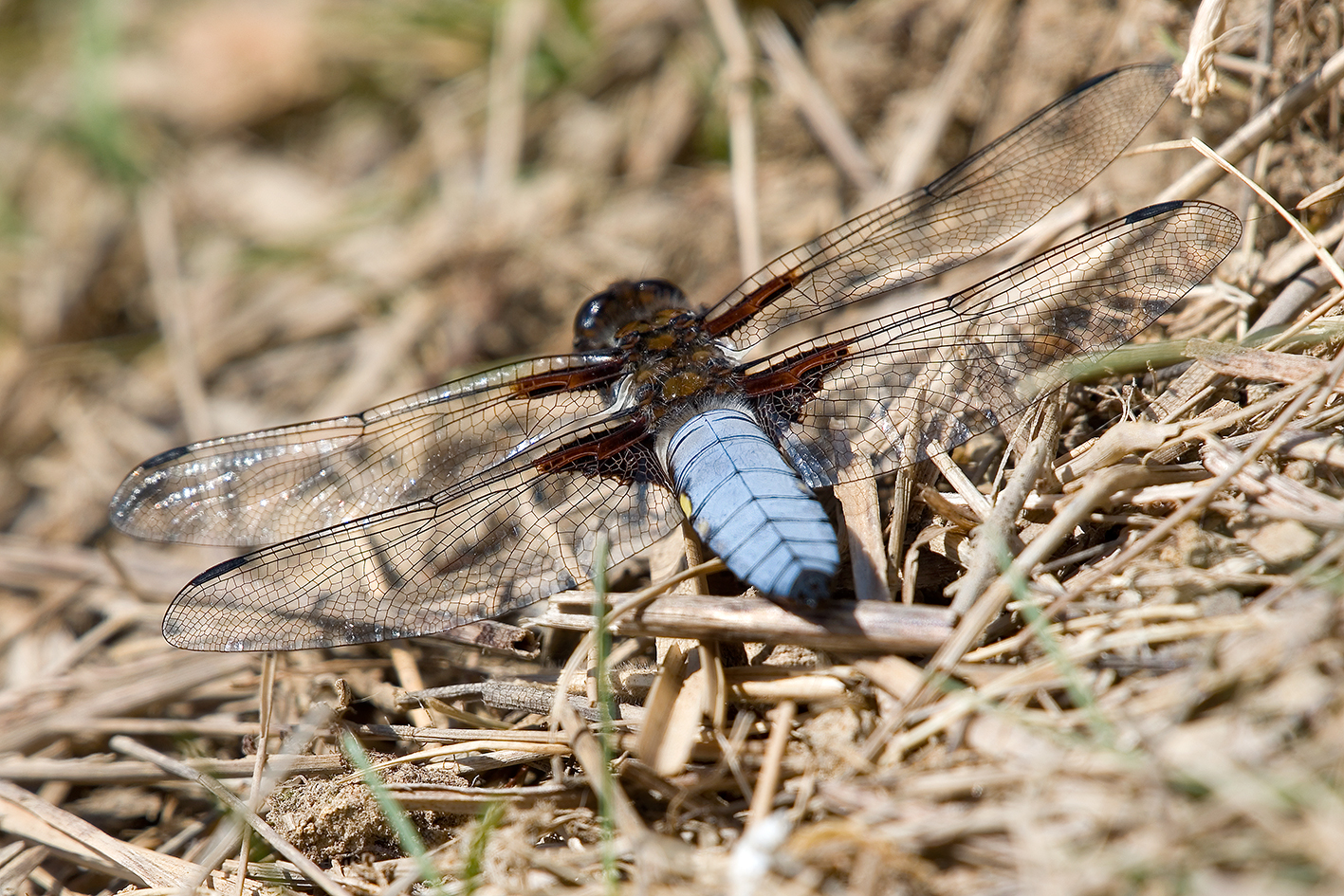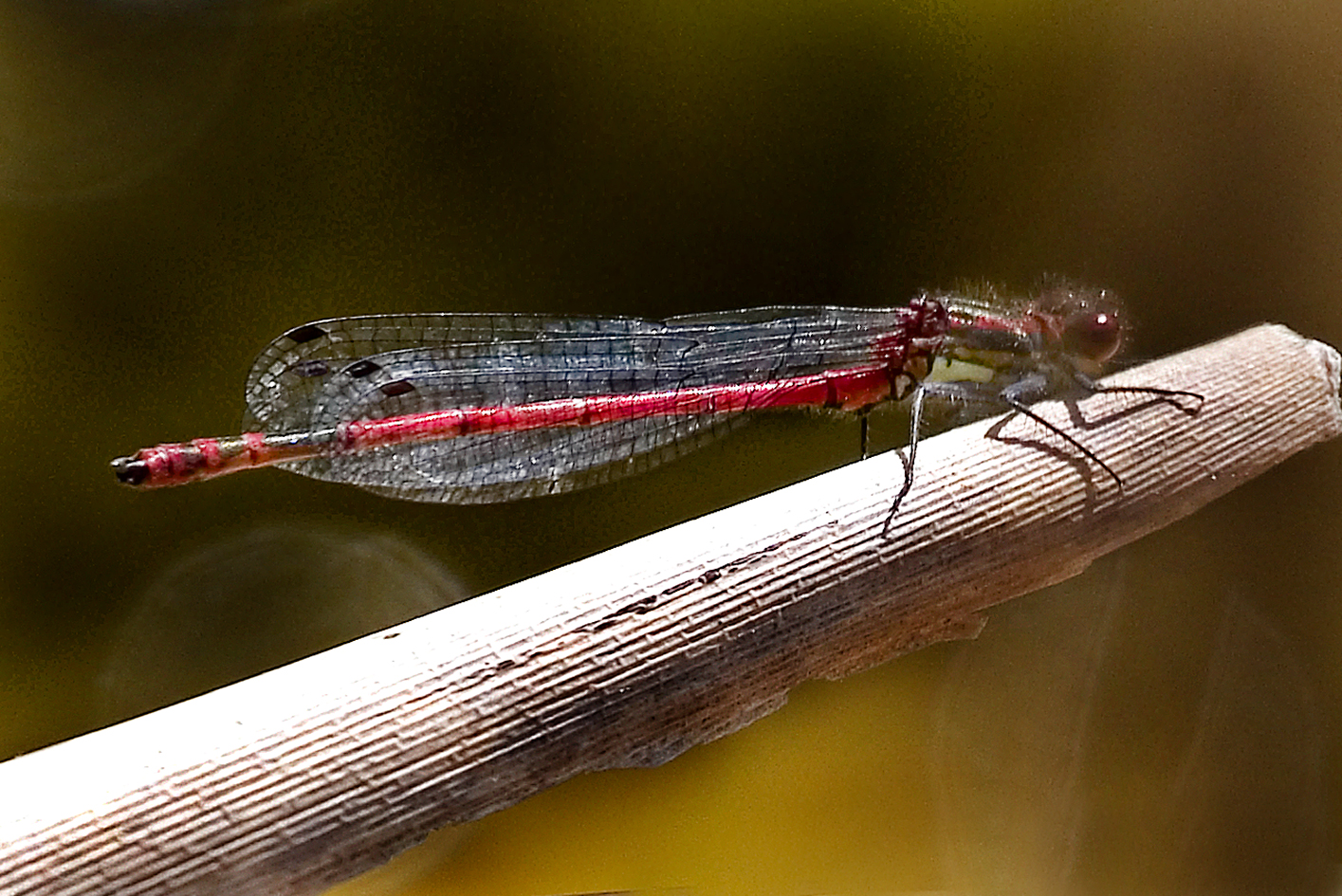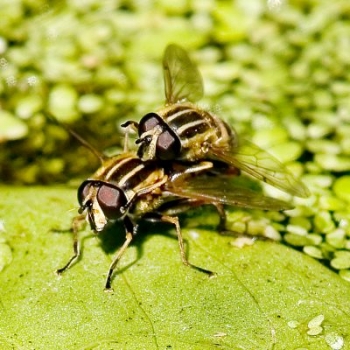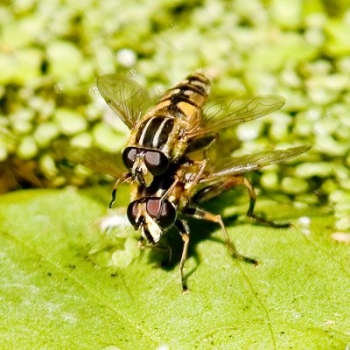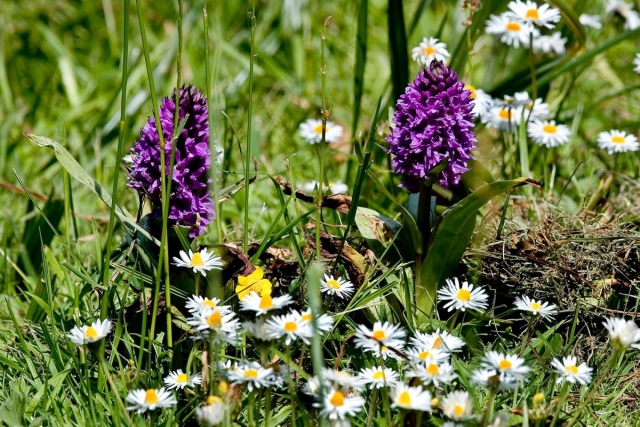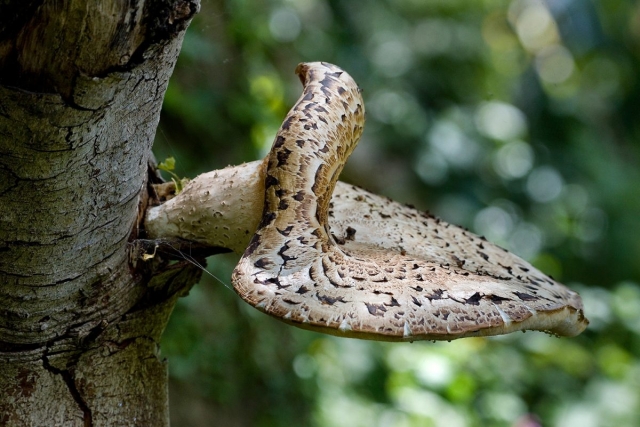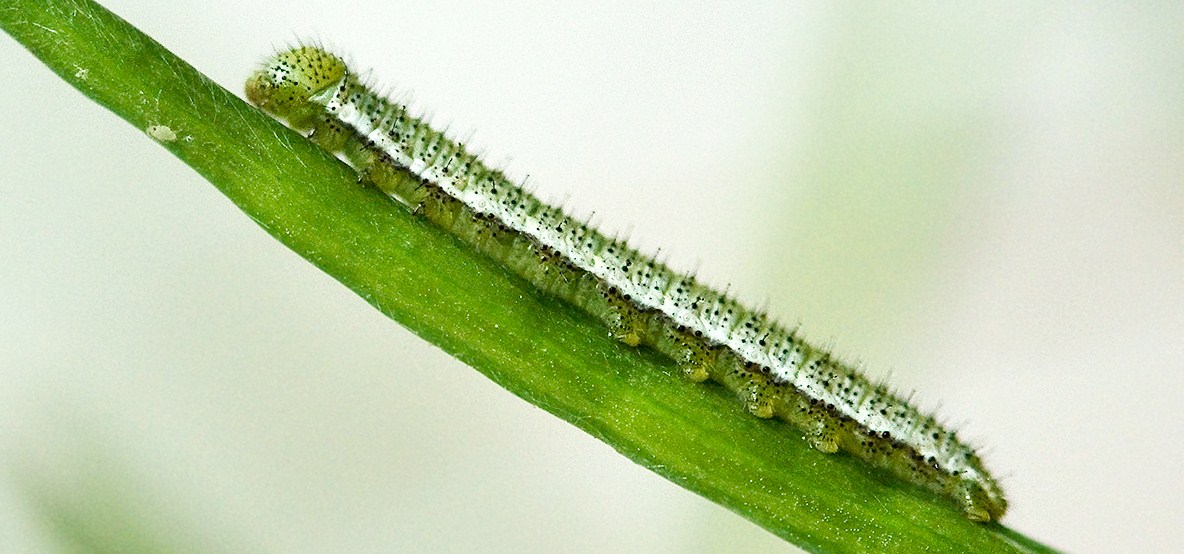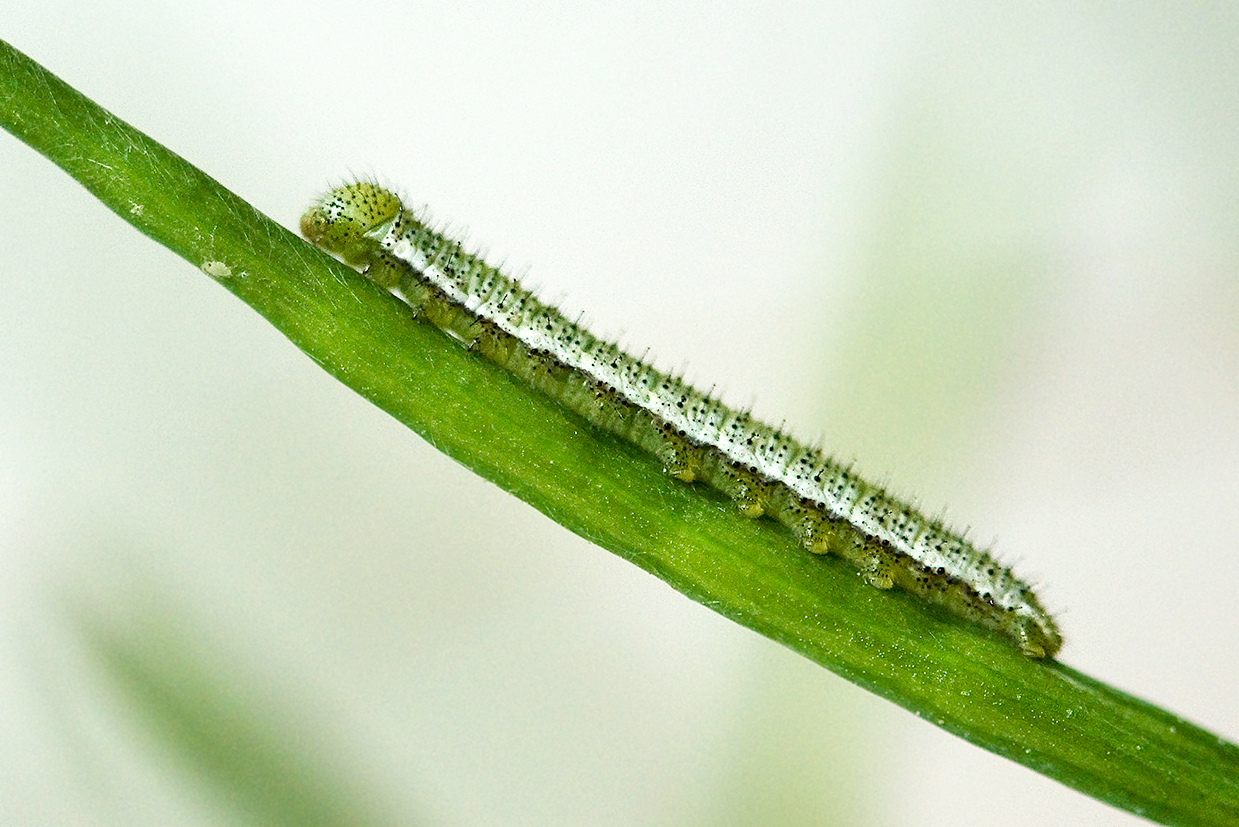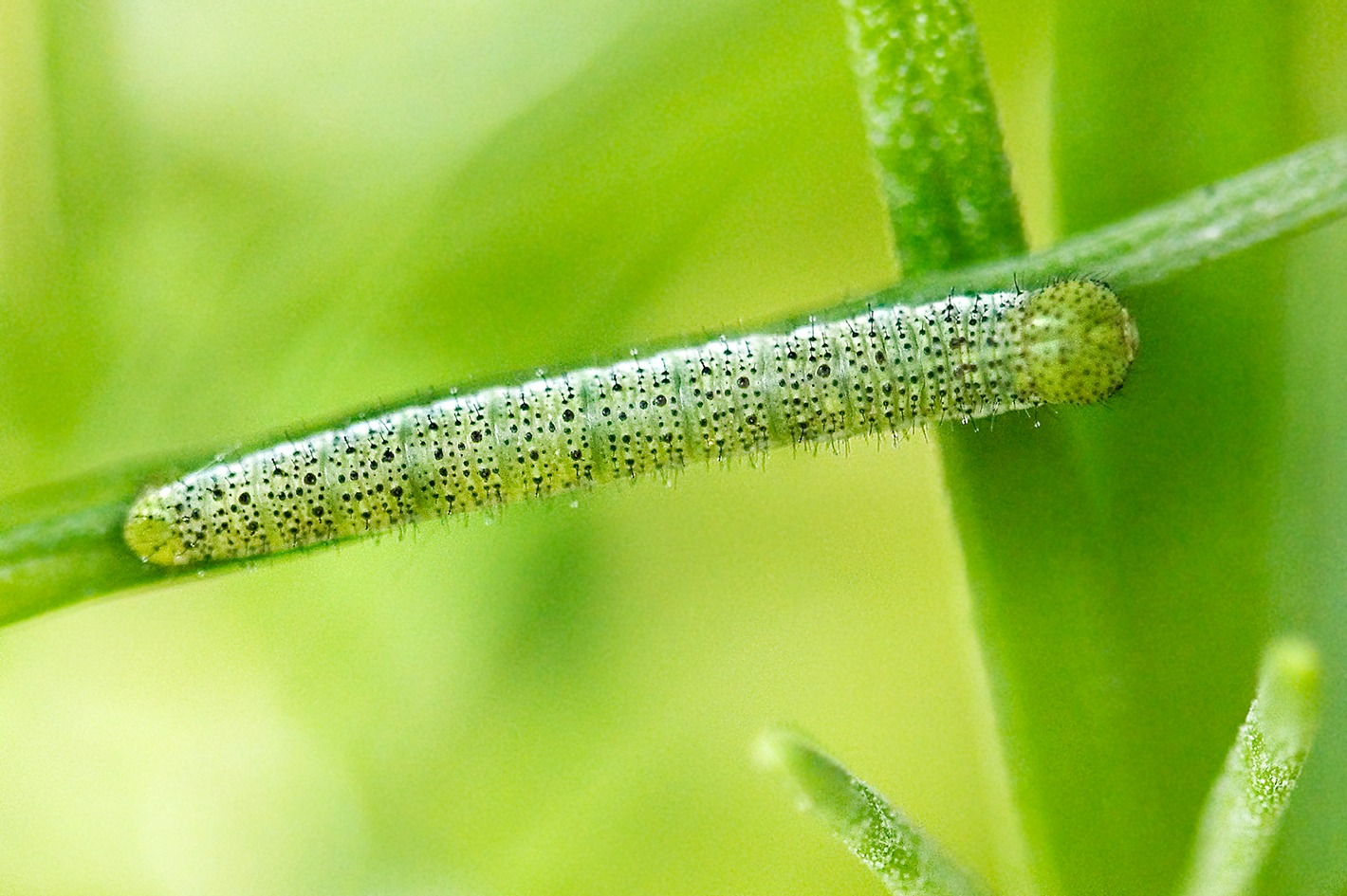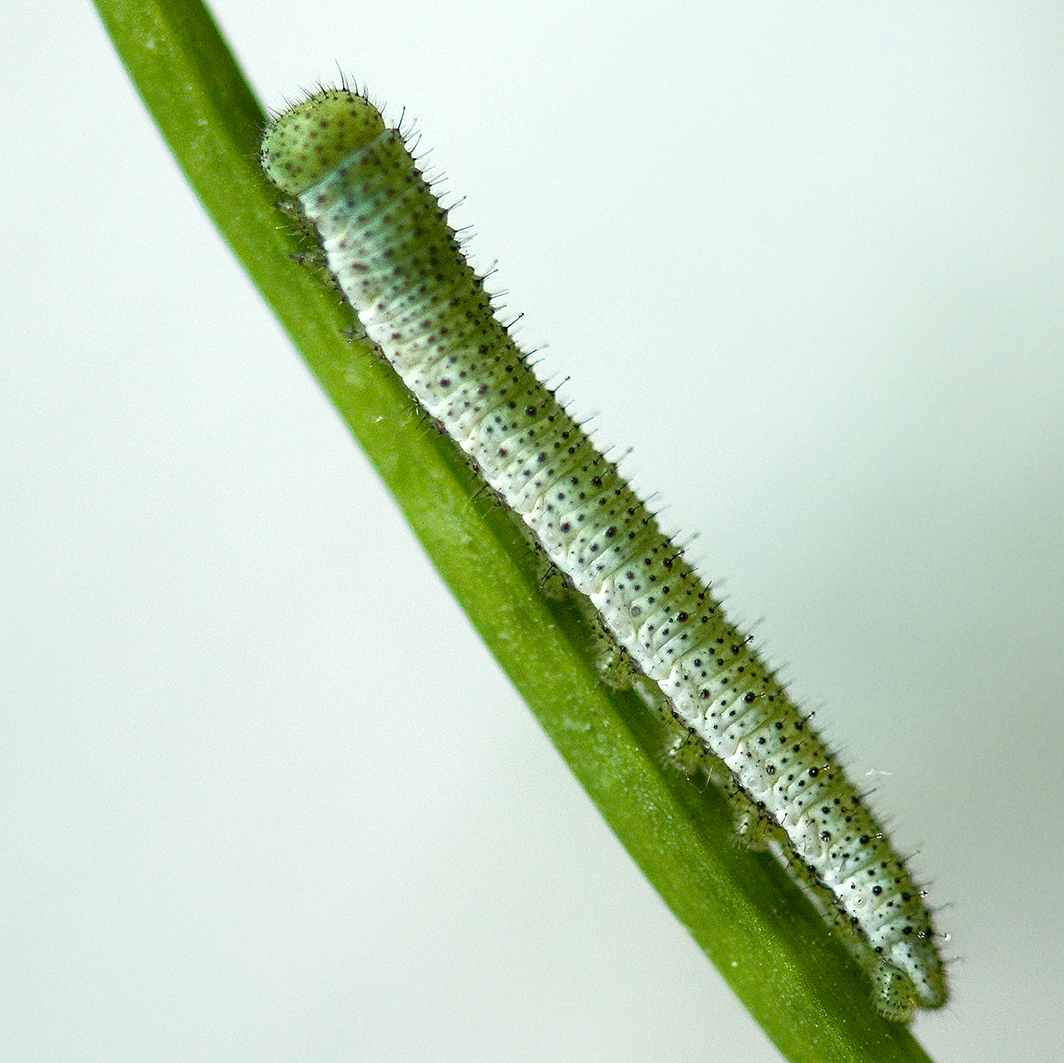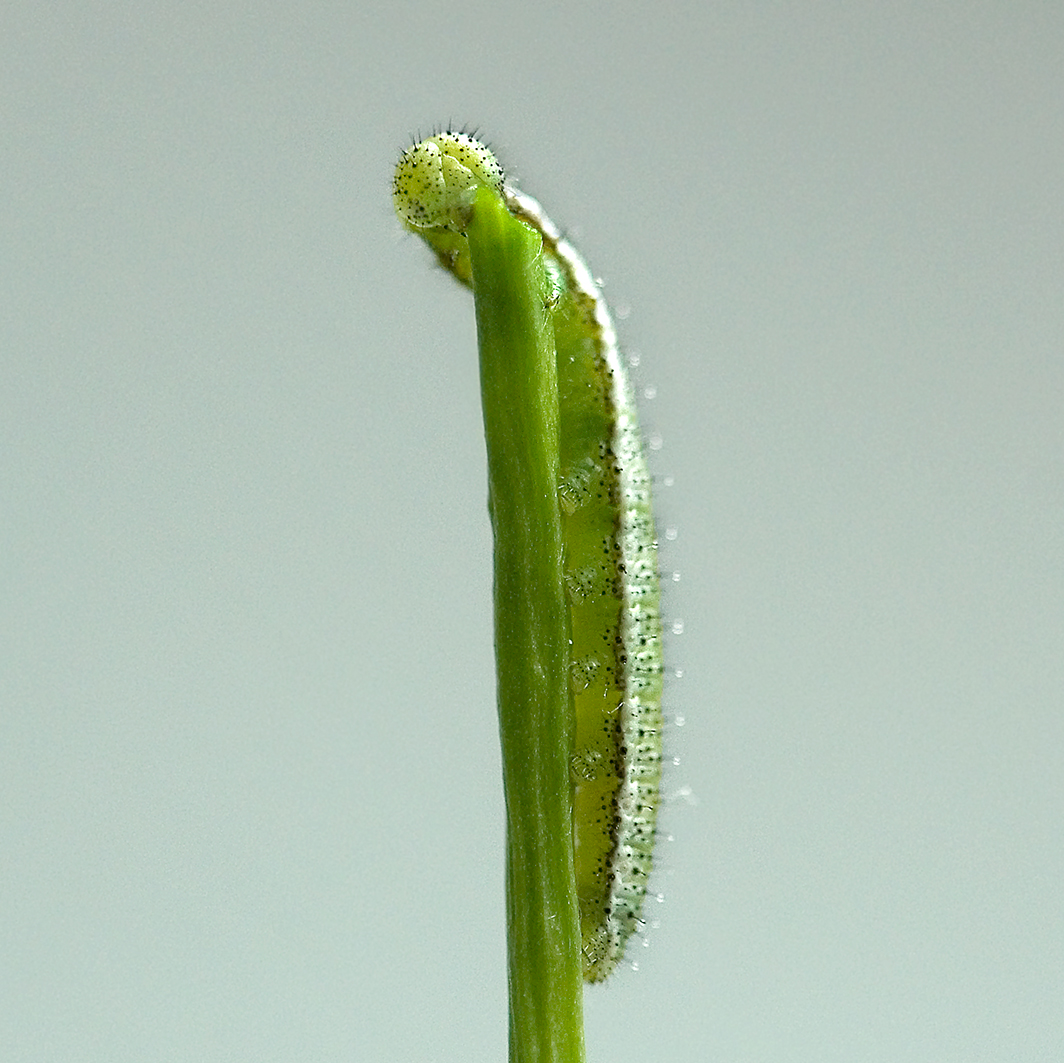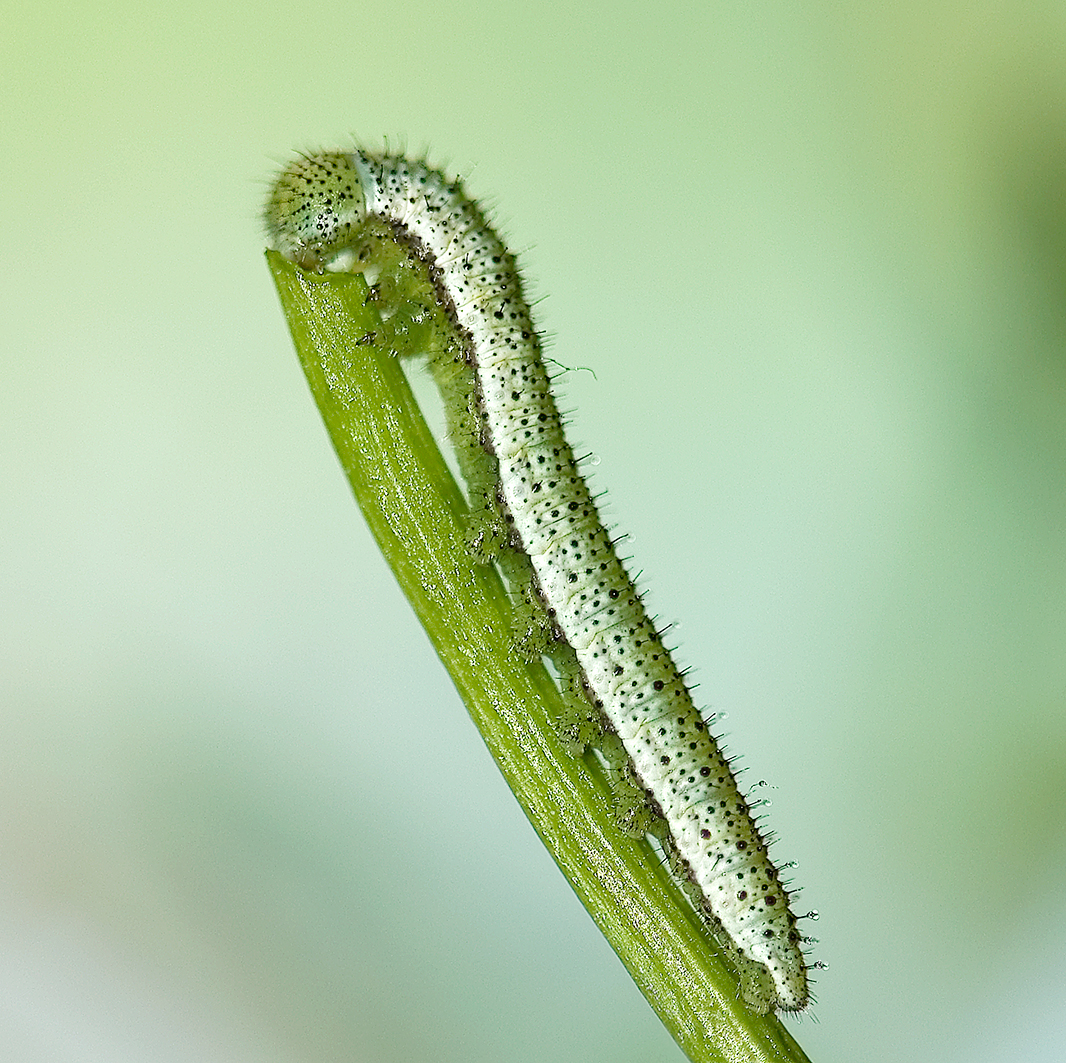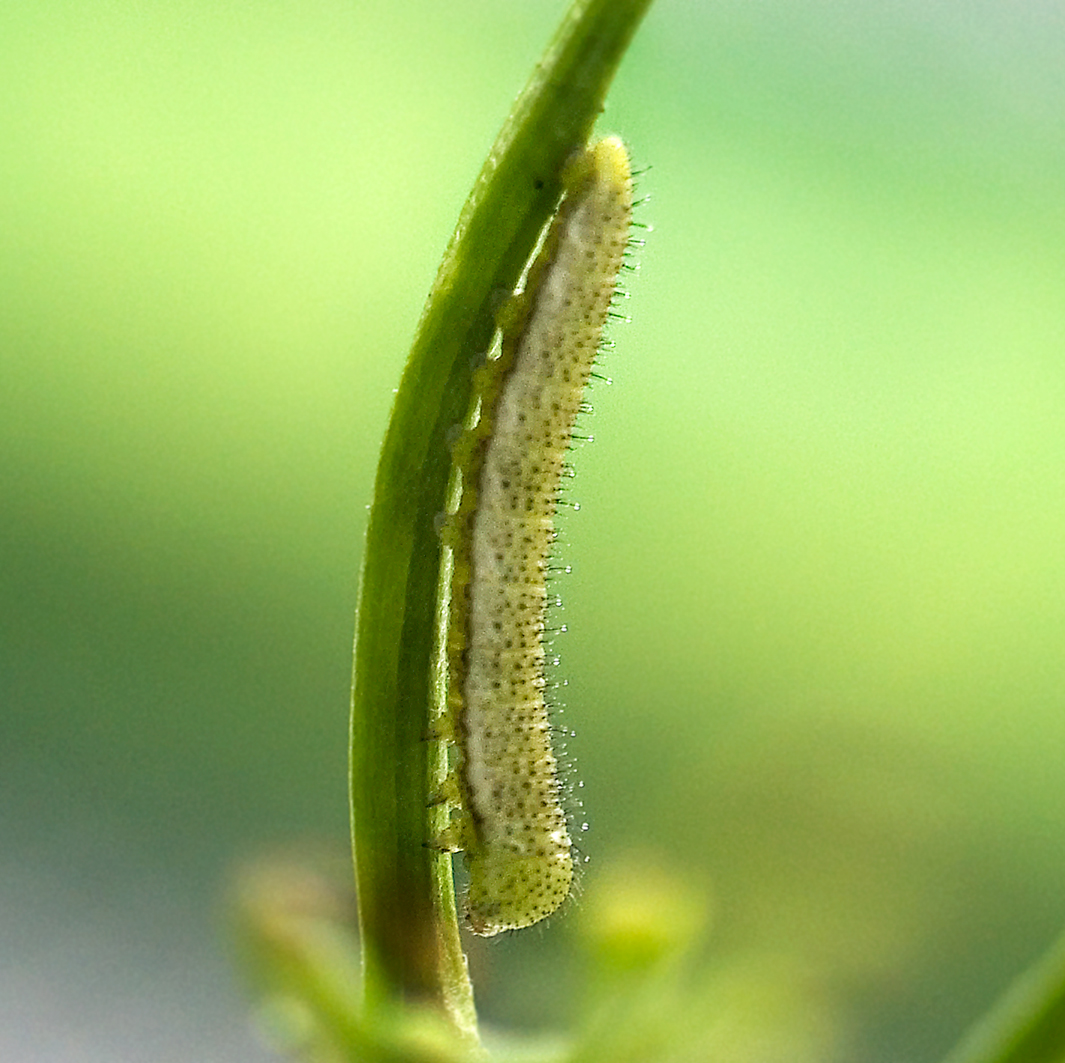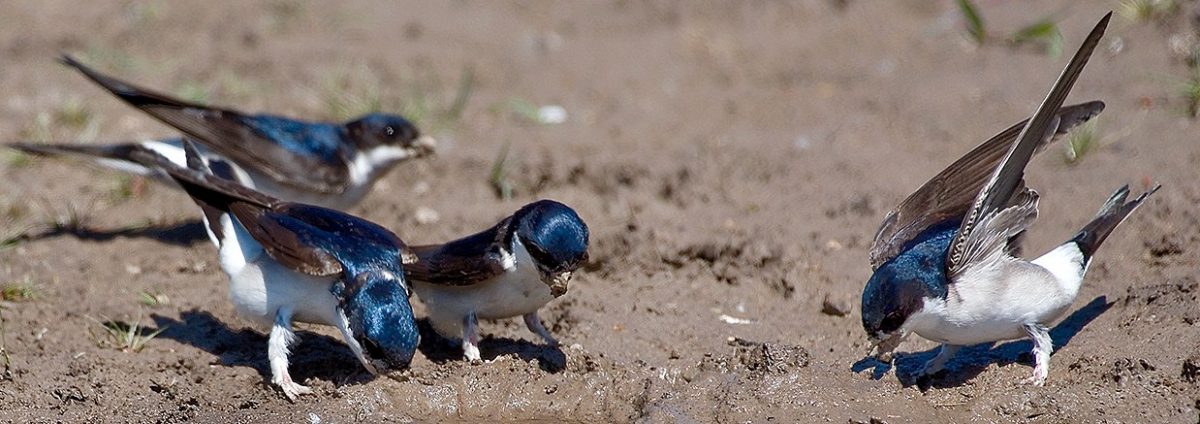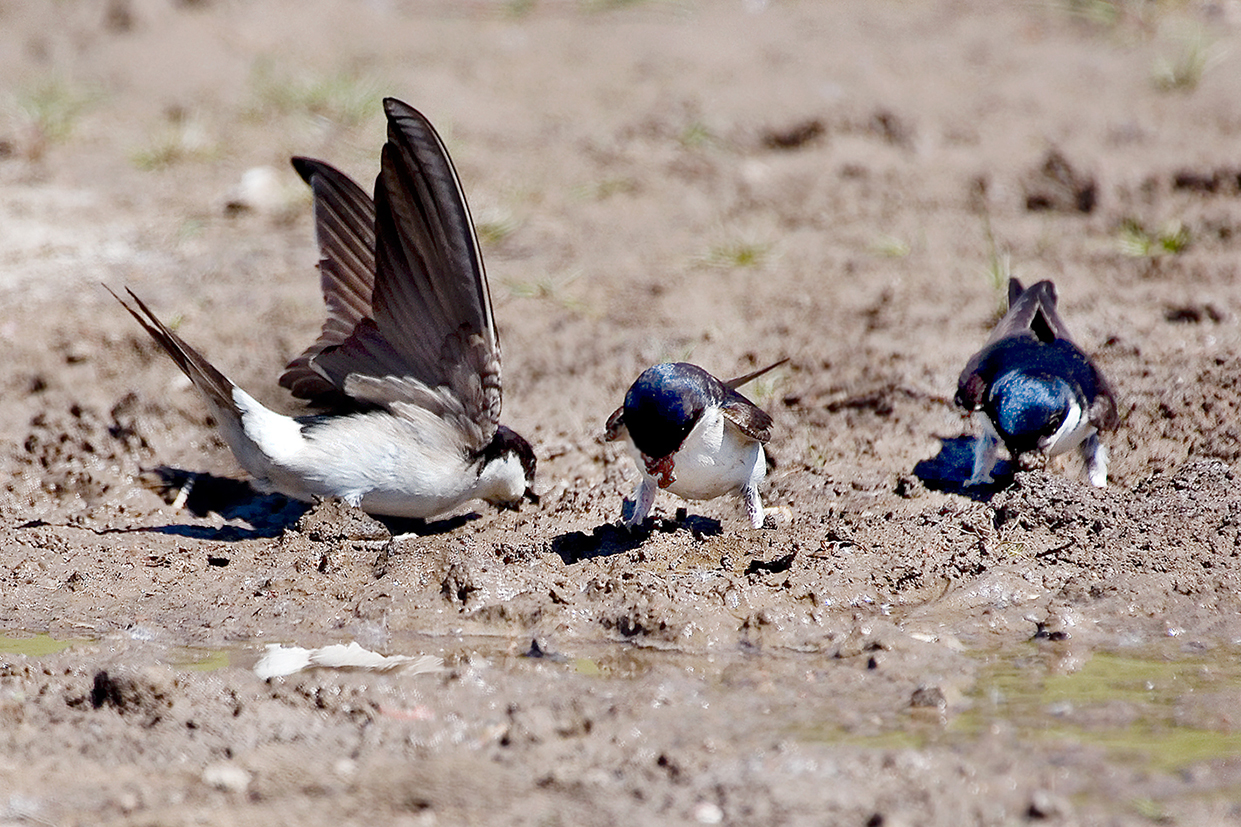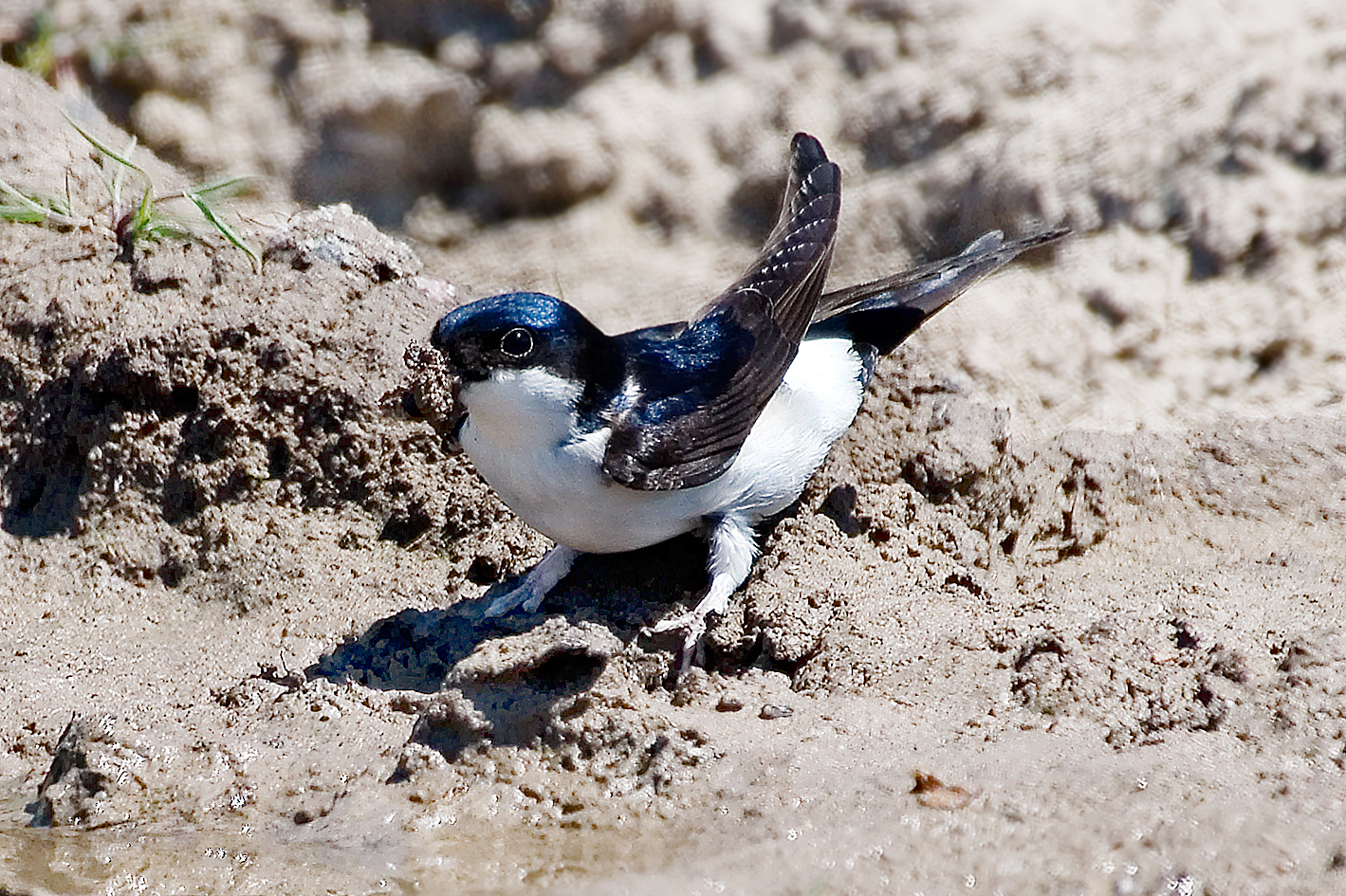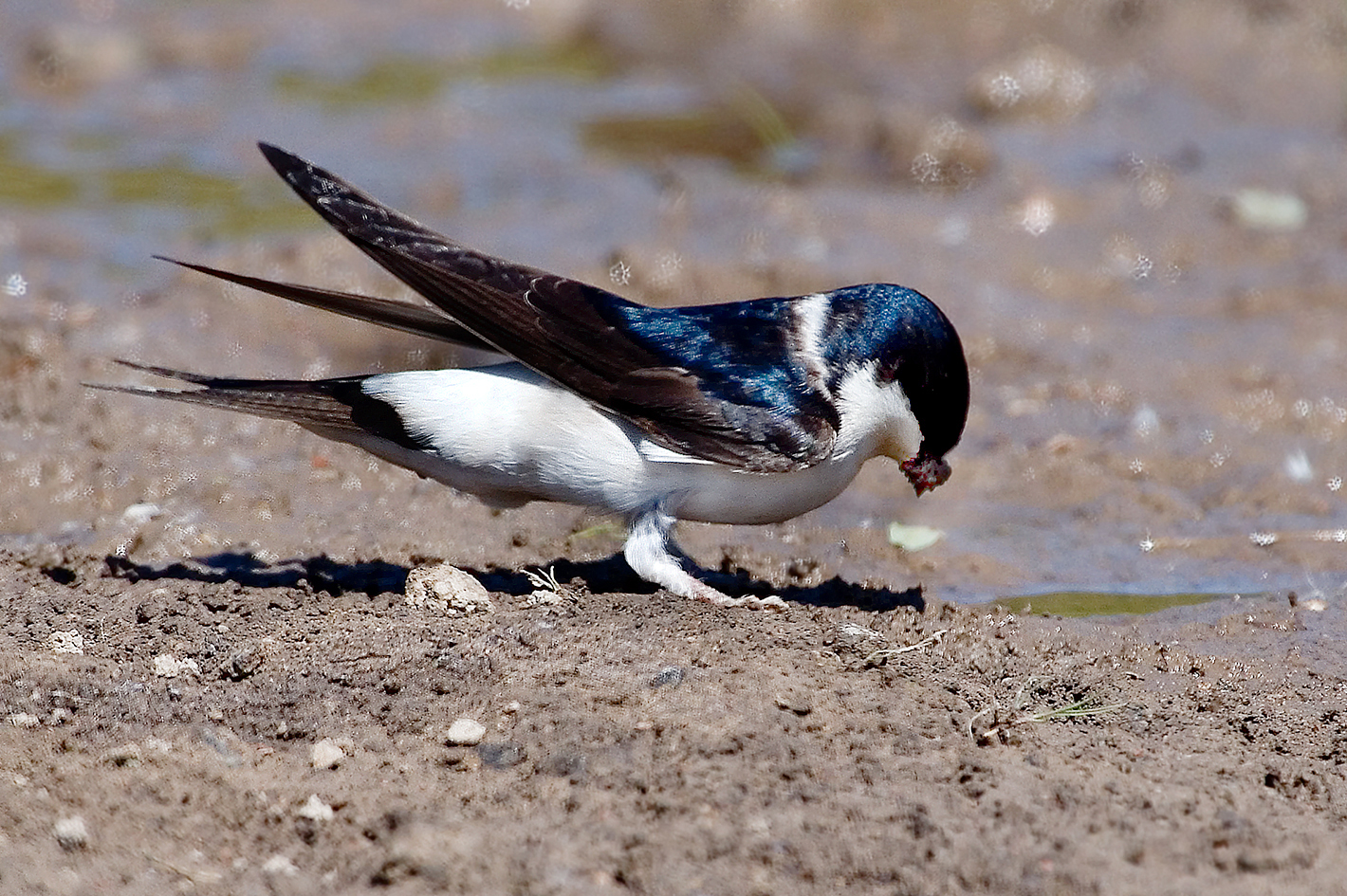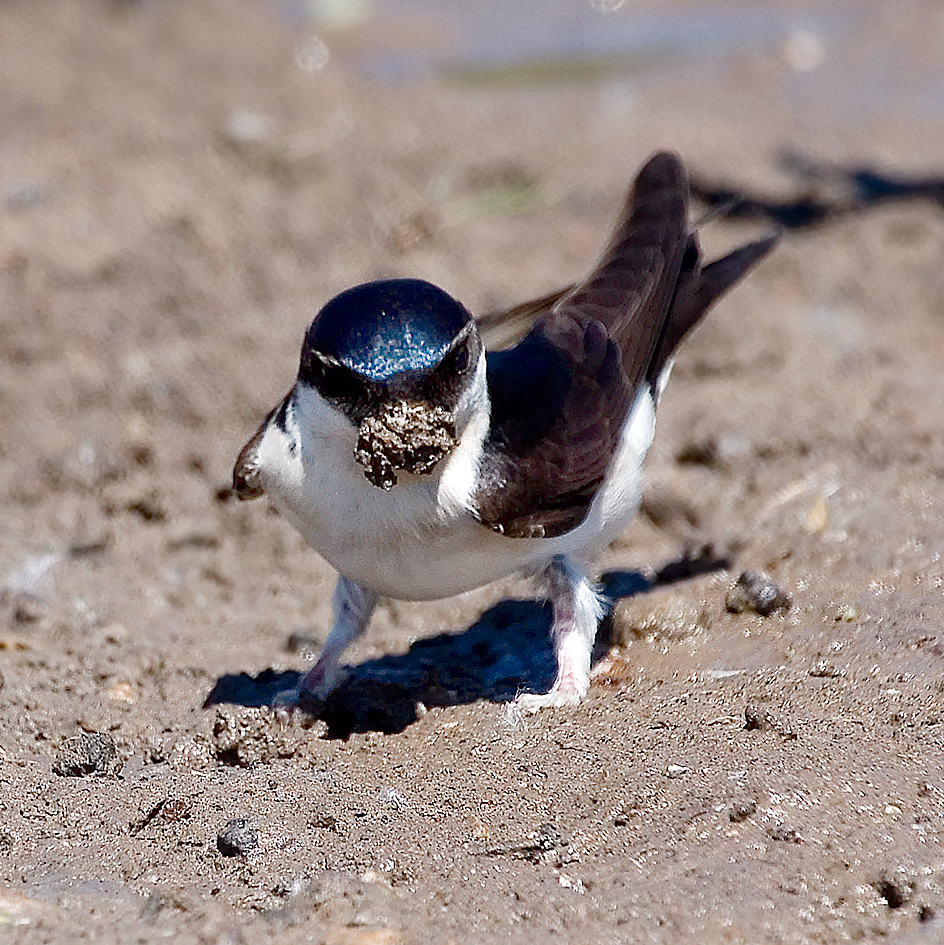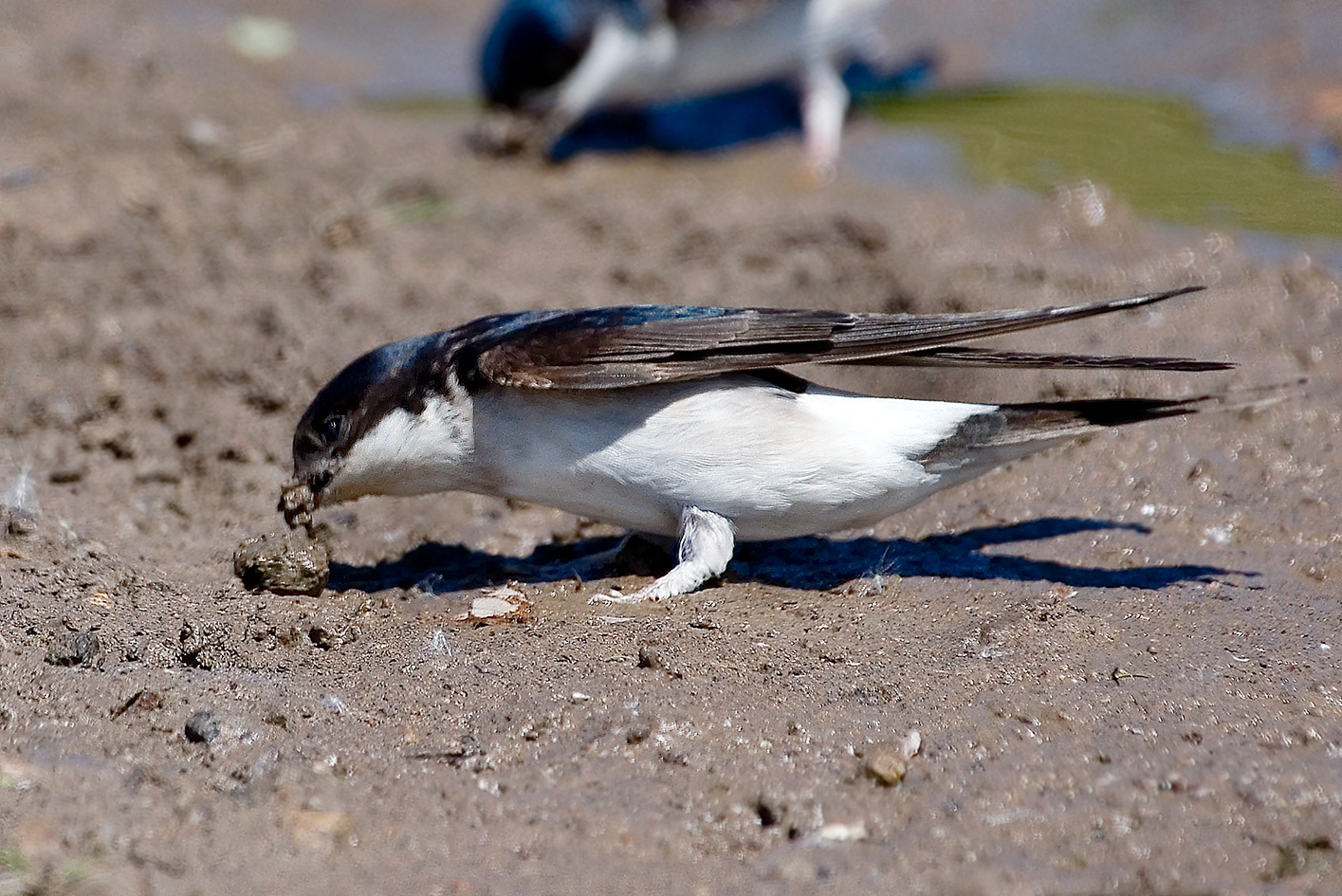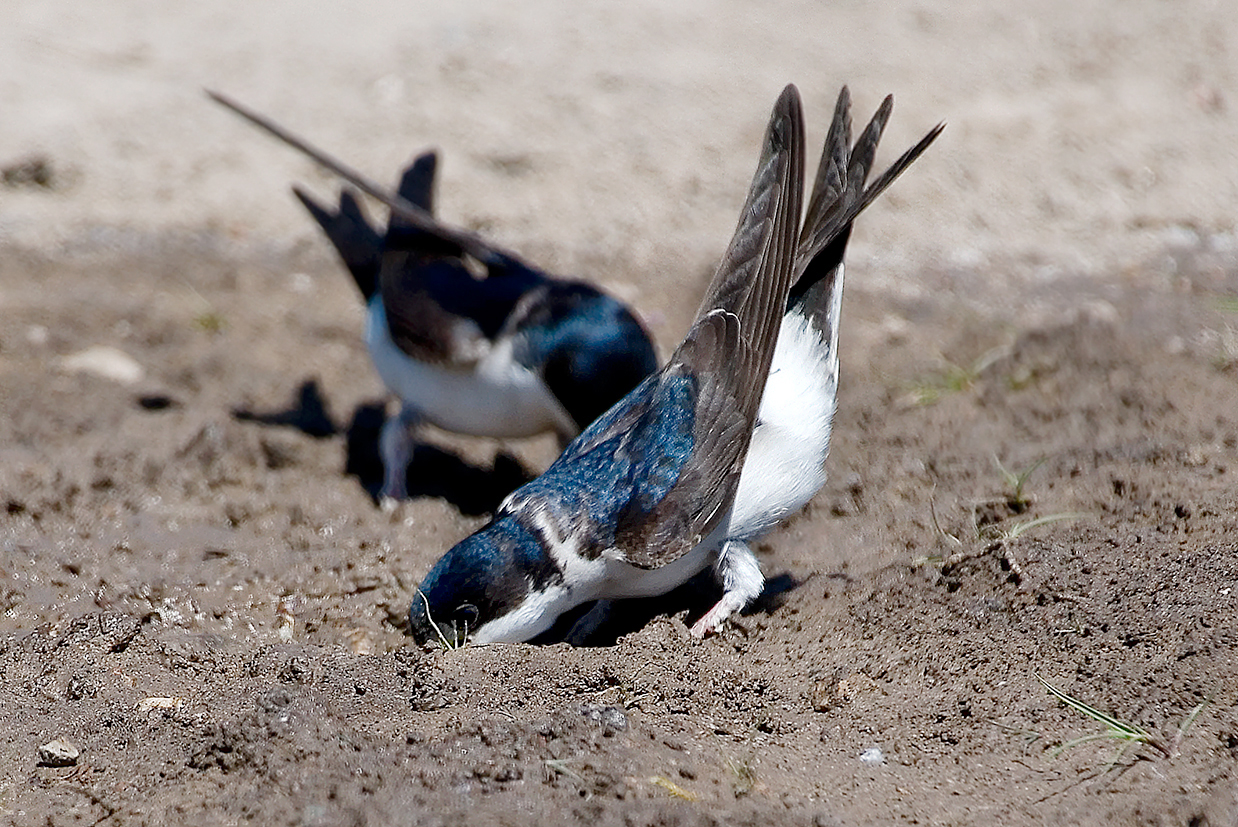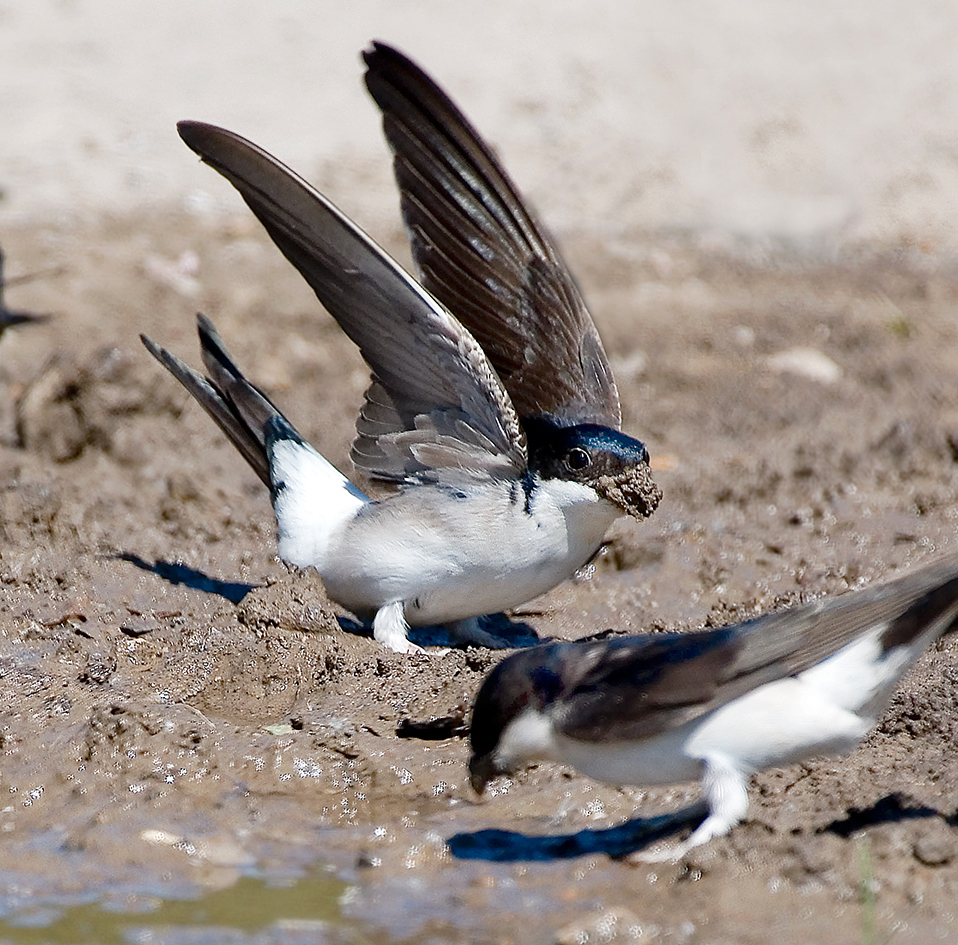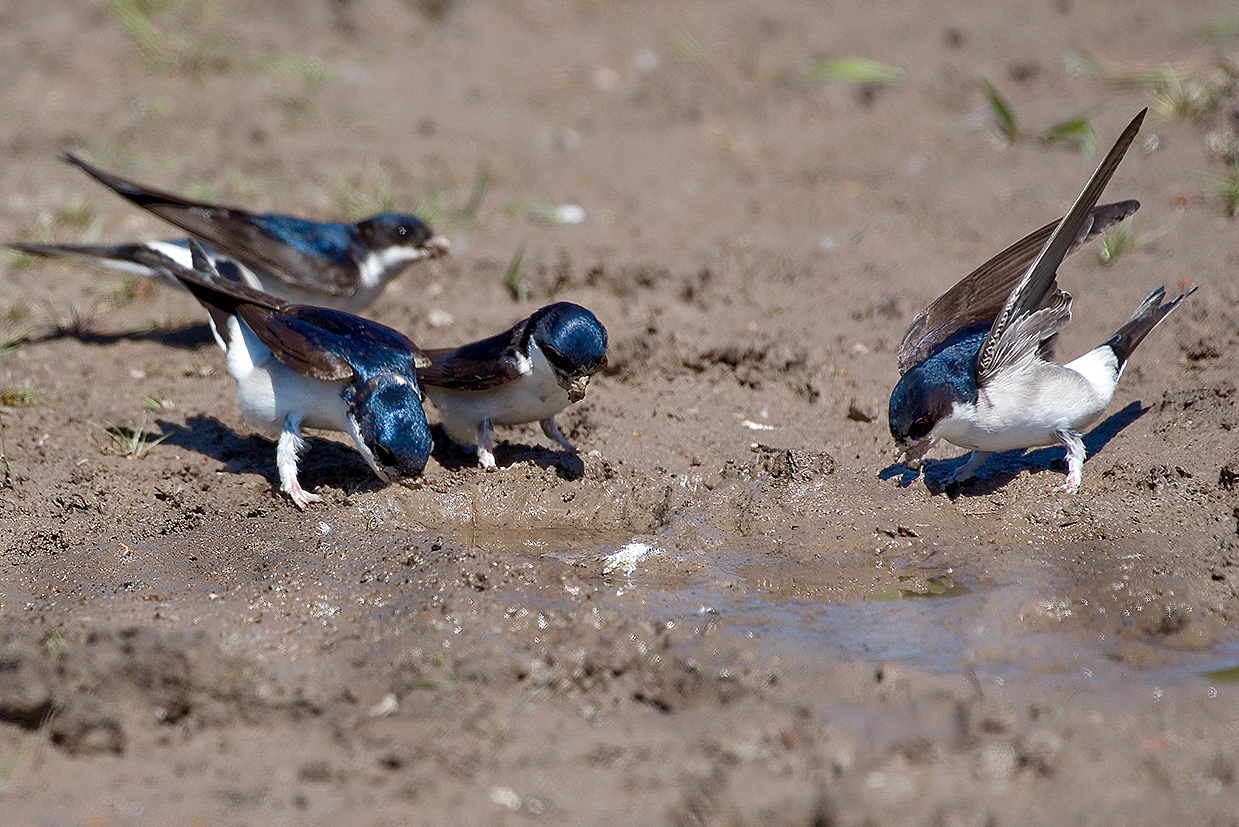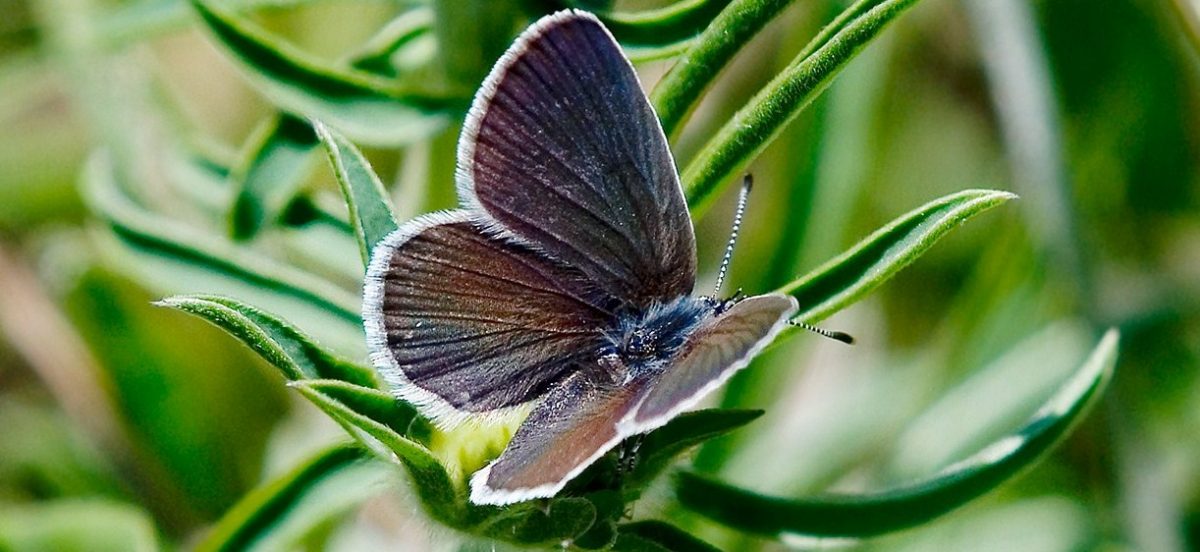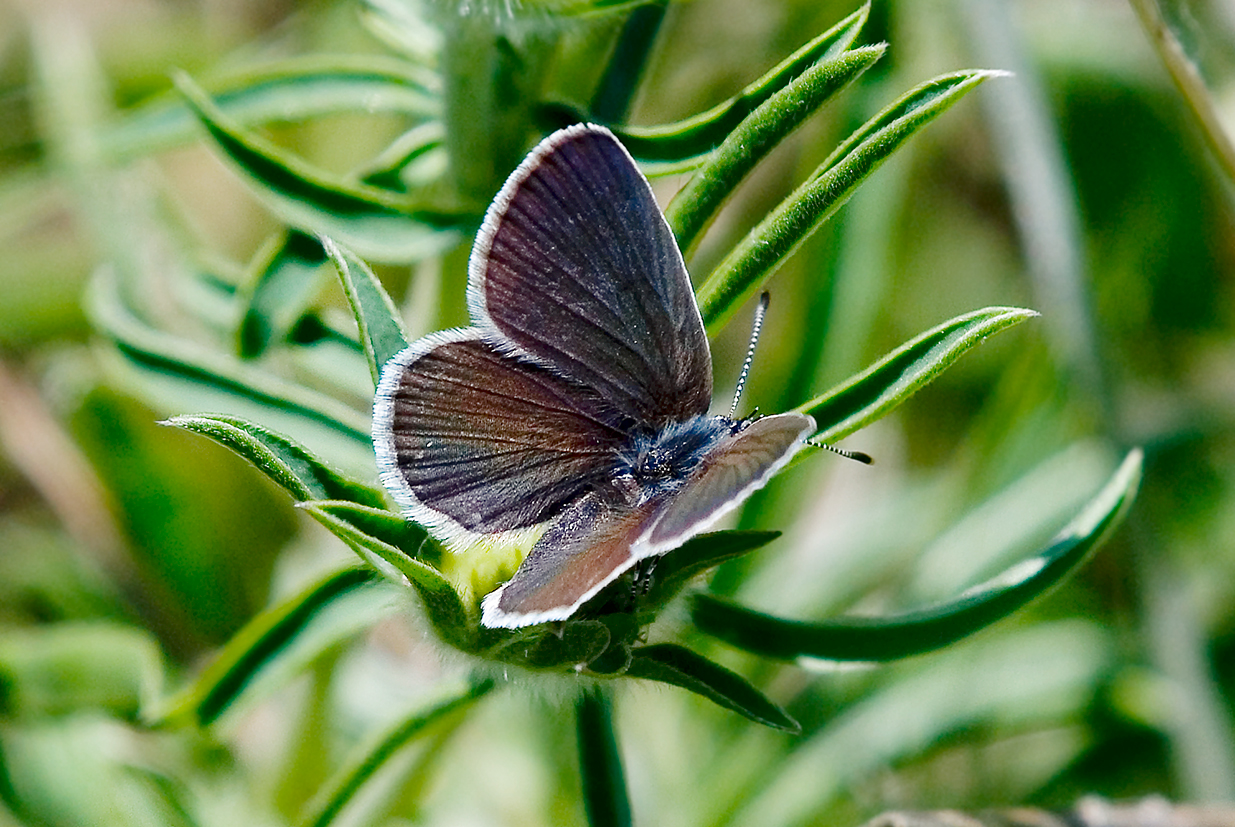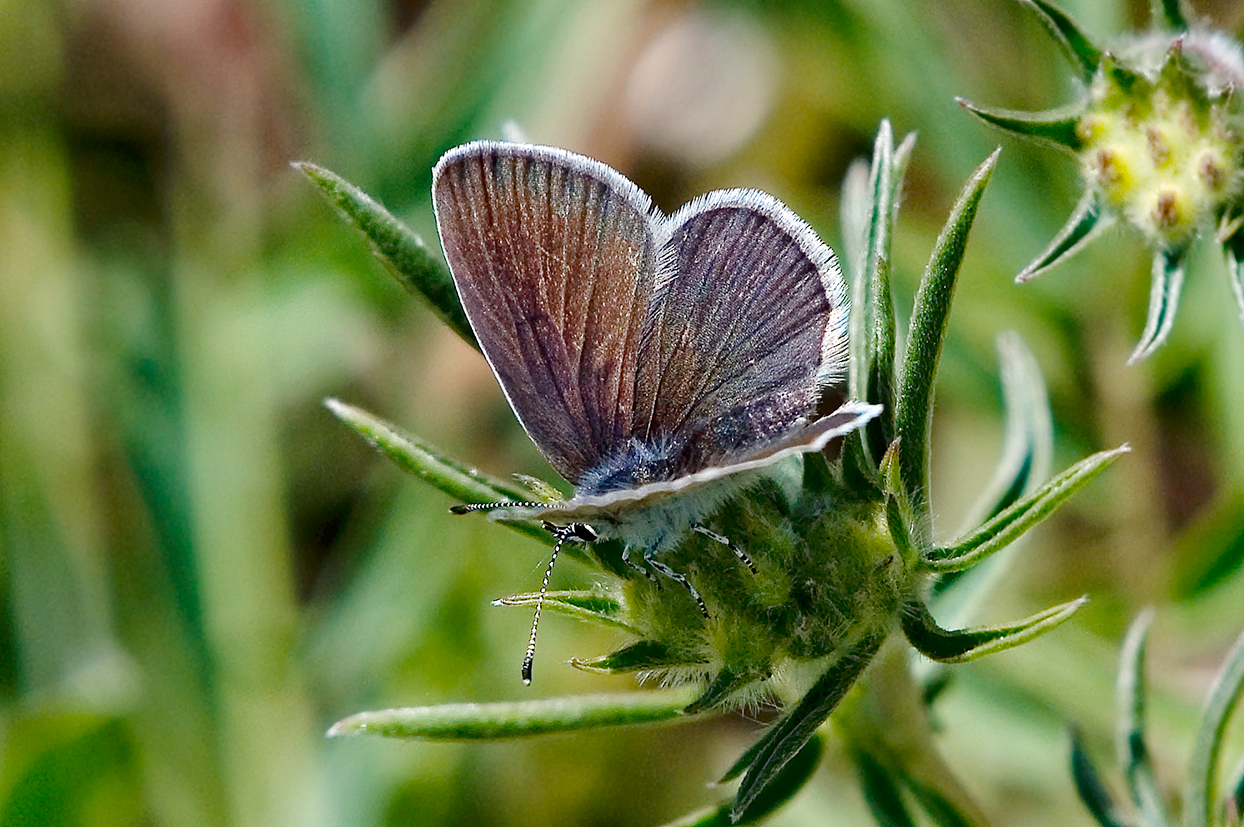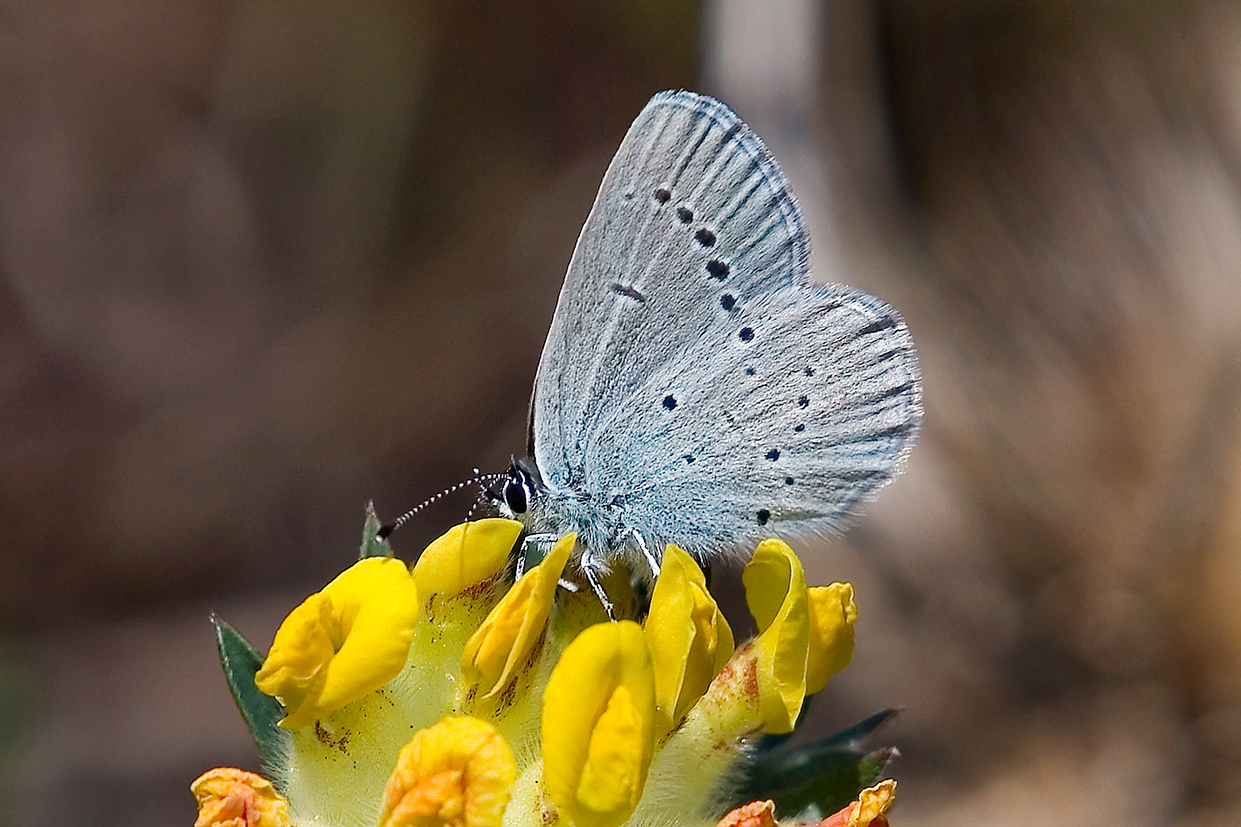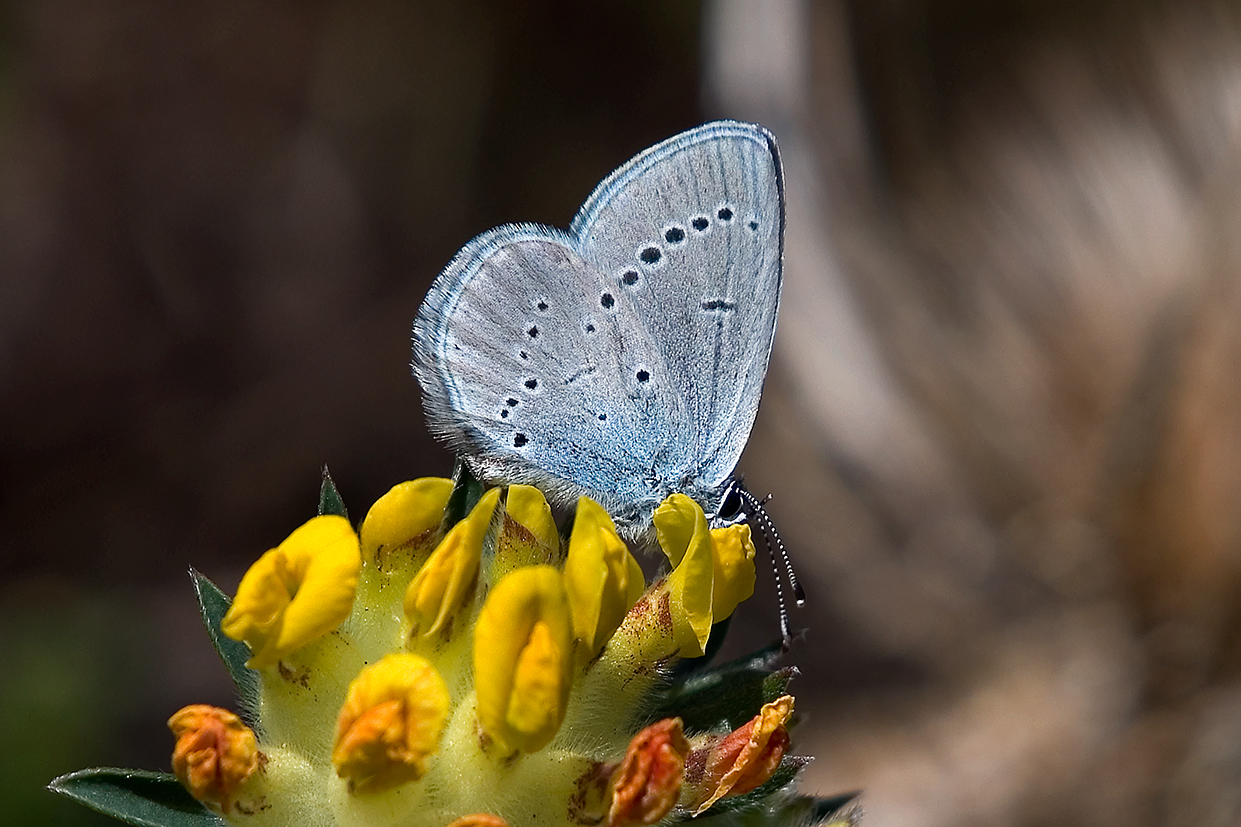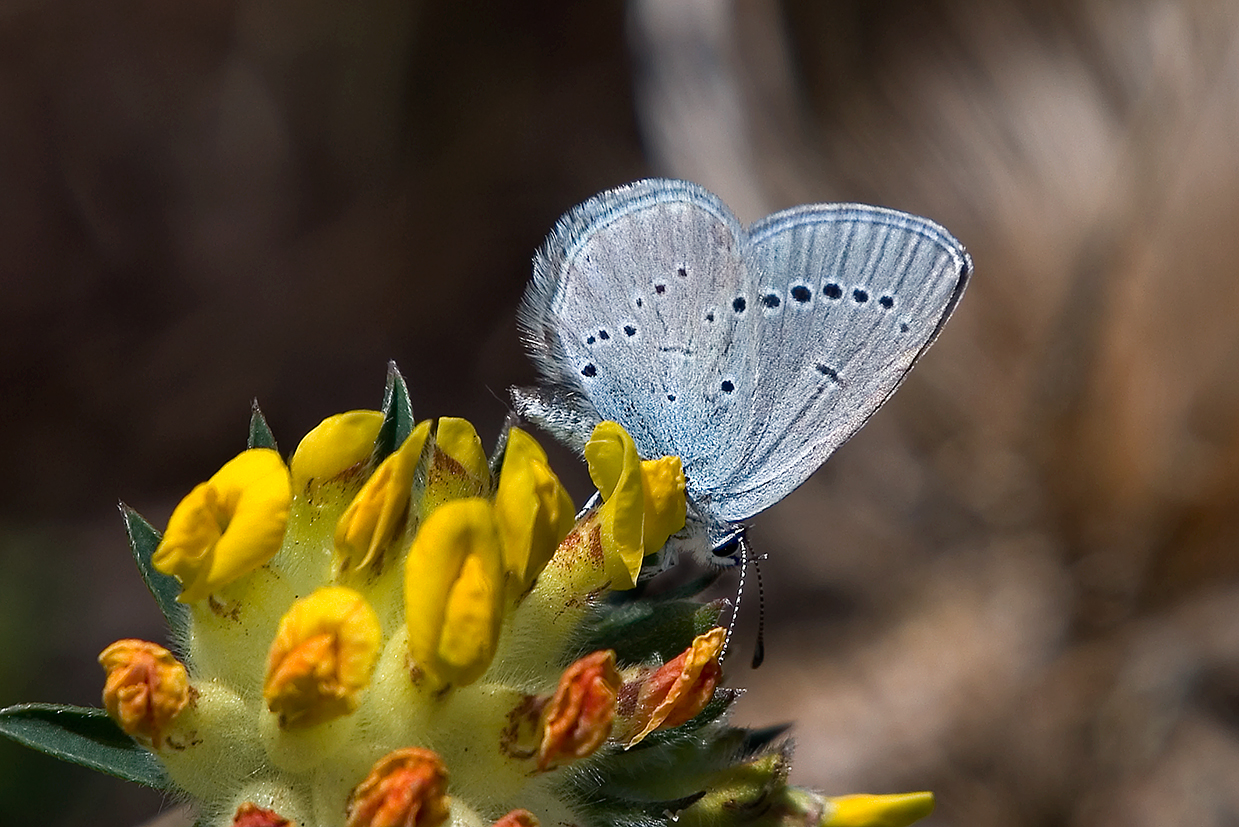In the summer we intend to have a field visit walking in Alwyn Timms’ footsteps, looking for Wall Brown butterflies on the patch where he recorded them. We will follow a route from Royd Moor viewpoint that Alwyn Timms took us on to count Wall Brown butterflies. Meeting at Royd Moor viewpoint, 10.00am, Saturday 13 August.
Category: Alwyn’s observations
Silver-washed Fritillary in Barnsley?
The Silver-washed Fritillary butterfly, predominately found in southern England, is expanding its range. They have been recorded at Brockadale, we have been told, for the last four years. Are they likely to be found in Barnsley?
Alwyn Timms recorded one in Hugset Wood in 2014. Here are some of his images:
It’s been recorded occasionally since then.
Worth looking out for!
Alwyn Timms – our memories
Alwyn Timms, a long-standing member of Barnsley Naturalists, sadly died earlier this month.
Alwyn Timms was a keen observer of wildlife, a prolific recorder and a strong advocate of conservation. He was an all-round naturalist and a very patient and talented photographer.
Alwyn was always happy to share his knowledge. Over the years, Alwyn gave a number of very special presentations to Barnsley Nats — Alwyn’s talks were always well-attended! His talk about his own research on a local site of Small Blue butterflies was particularly impressive.
Even during the pandemic Alwyn contributed to our email and newsletters with fascinating online accounts full of observational insights and humour. These accounts include Alwyn being enthralled by House Martins swooping to collect mud, his exploits in rearing Orange-tip Butterfly caterpillars, the nightly visits of his Hedgehogs, and many more. You can revisit them here.
In the summer we intend to have a field visit walking in his footsteps, looking for Wall Brown butterflies on the patch where he recorded them.
Our thoughts are with his family and numerous friends.
He will be much missed.
‘Tails’ from my garden
I thought you all might be interested in some ‘tails’ from my garden recently.
A first tail – forget White-tailed Sea Eagle or even Rose-coloured Starling – here is a picture of a Starling with a ‘Leucistic’ white tail. It didn’t affect its performance in any way but it looked quite individualistic and a bit dapper, amongst its mates and juveniles.
A second tail: A big fluffy moggy came into my garden (all teeth and claws). It clobbered one of my adult Robins, which managed to escape the cat’s sneaky attack, albeit with the loss of its tail. Once again, this didn’t seem to affect its performance and it now continues to live a normal life, recovering from its near-death fright.
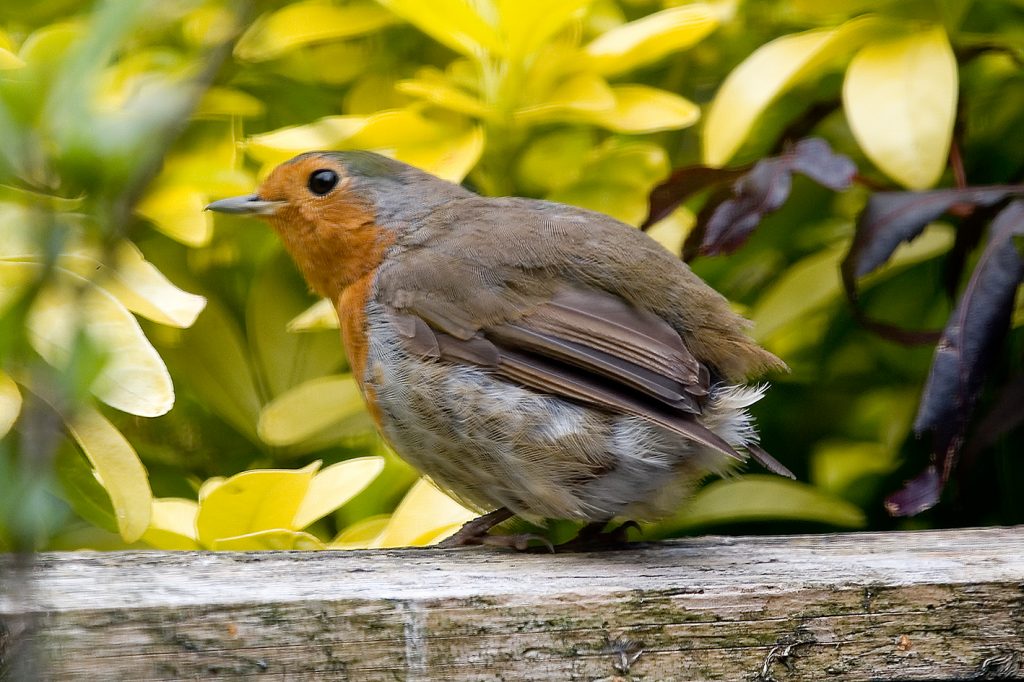
Third tails: A trio of juvenile Long-tailed Tits have spent the best part of a week in my garden (still present today). No adults in sight but they make a merry band, in their immature plumage of mainly brown and white and no pink, except their eyelids, as yet. With their ruffled plumage and reddened eyes, they look a bit like they are recovering from a heavy night at the pub.
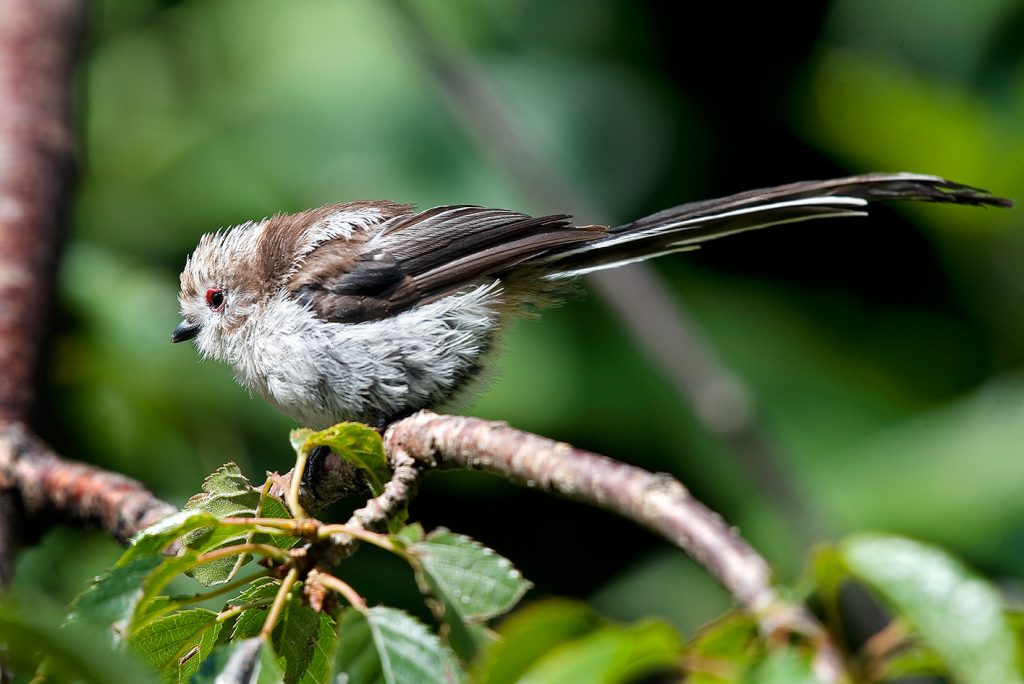
Plucky little fellas, they were initially intimidated by the aggressive, noisy and squabbling Starlings on the fat ball feeder, not to mention the numerous House Sparrows flying about constantly feeding their young… They soon learnt to play to their strengths, as only they could (and perhaps Blue Tits can do) and found that they could feed quite happily by hanging upside down, on their backs, pecking calmly at the lowest fat ball, at the base of the feeder, unfazed by three or four noisy Starlings flapping wildly only inches above.
A great joy to see! Co-existence but not exactly peaceful. Best Wishes, Alwyn
Six-belted Clearwing sighting
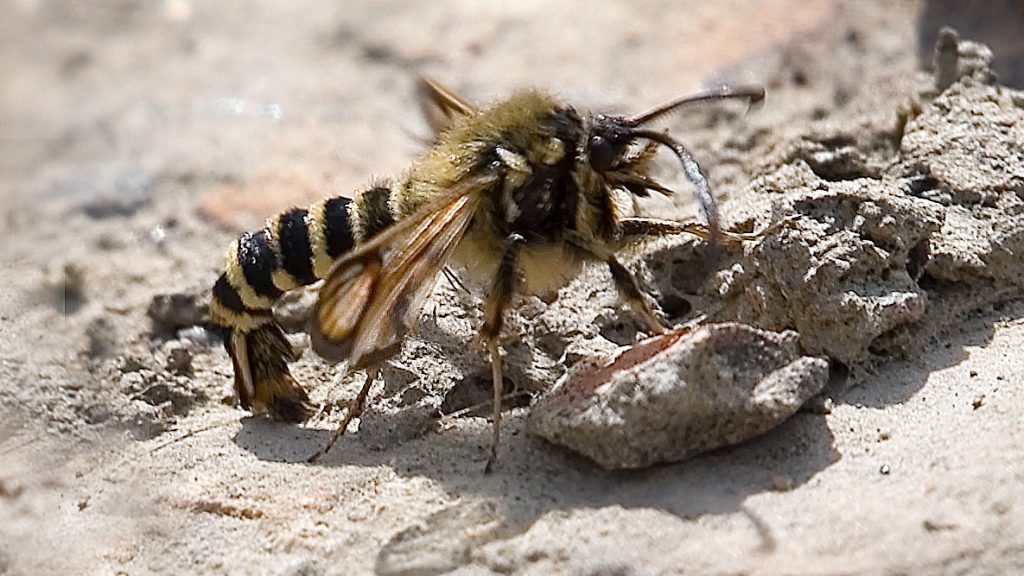
I have never seen a Six-belted Clearwing, Bembecia ichneumoniformis, before, let alone in the Barnsley area. Apparently they are considered nationally scarce and usually found in Southern England on chalk hills and downs, at the occasional quarries and southern rough grassland/ground. Very rarely seen, they are under-recorded generally. They inhabit similar locations to Common Blues, Small Blues and Dingy Skippers.
Their larvae are ‘miners’ and burrow into and eat the roots of Bird’s Foot Trefoil, Kidney Vetch and sometimes Horseshoe Vetch.
This one came out into the open, and kept flying fast and low but briefly settled for just a second or two.Fortunately, I managed to capture this record shot before it flew out of sight.
I had gone to check for a second brood of Small Blues in the Darton – Woolley area and found only three on this site and sadly, none on other sites. Even so, this is evidence of a partial second brood.
I also recorded 18 Small Skippers and 3 Essex Skippers, along with 7 Marbled Whites, several Large, Small and Green-veined Whites, Meadow Browns, Gatekeepers and Ringlets, a Small Tortoiseshell, an old Common Blue and a Shaded Broad Bar moth, Scotopteryx chenopodiata. The weather was warmish, dry, with gathering clouds and sunny intervals, no wind. Alwyn.
Change for caterpillars …
From Alwyn. I am attempting to rear four Orange Tip caterpillars all the way to butterflies. The caterpillars undergo a total of five instars (moulting stages) before forming a pupa or chrysalis. They stay in this form for 10 months until next April/May before the adult butterflies emerge. So a long wait!
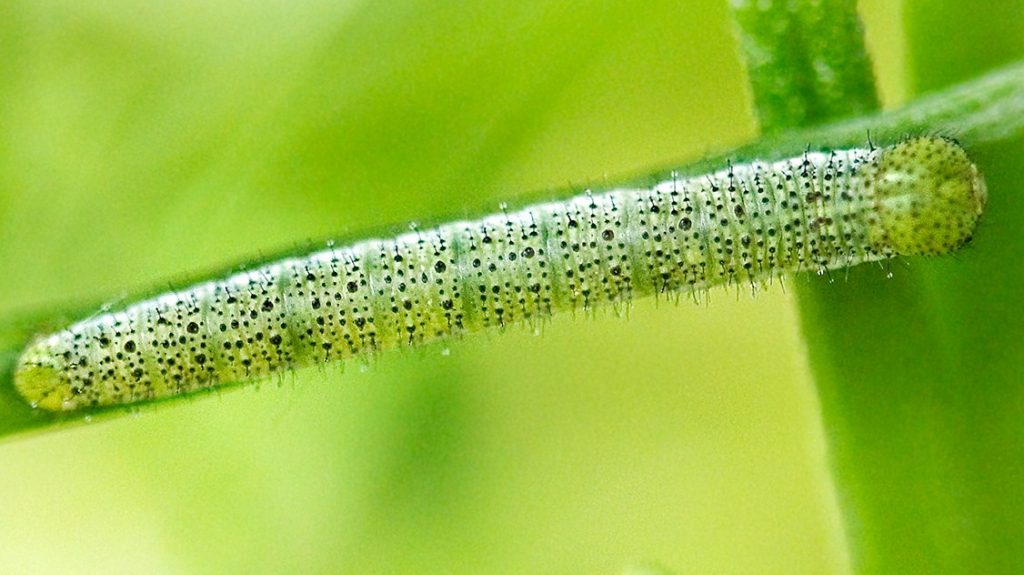
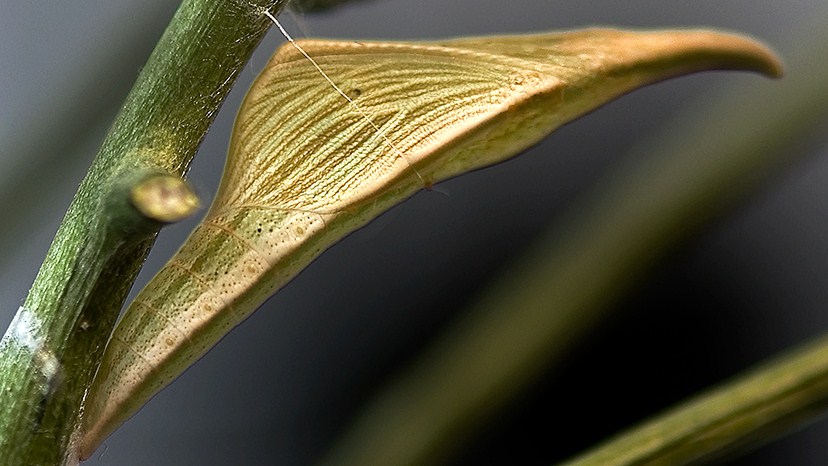
The process starts when the fifth instar caterpillar, about 31mm long, assumes the pupating position (curved bow-like) on a selected plant stem. A silken thread girdle is spun around its abdomen centre which holds it in place, rather like a rock climbers’ rope. The tail end is attached by small hooks (cremasters) to a silk pad for final stability. It stays like this, motionless for up to 24 hours before the transformation into a chrysalis begins.
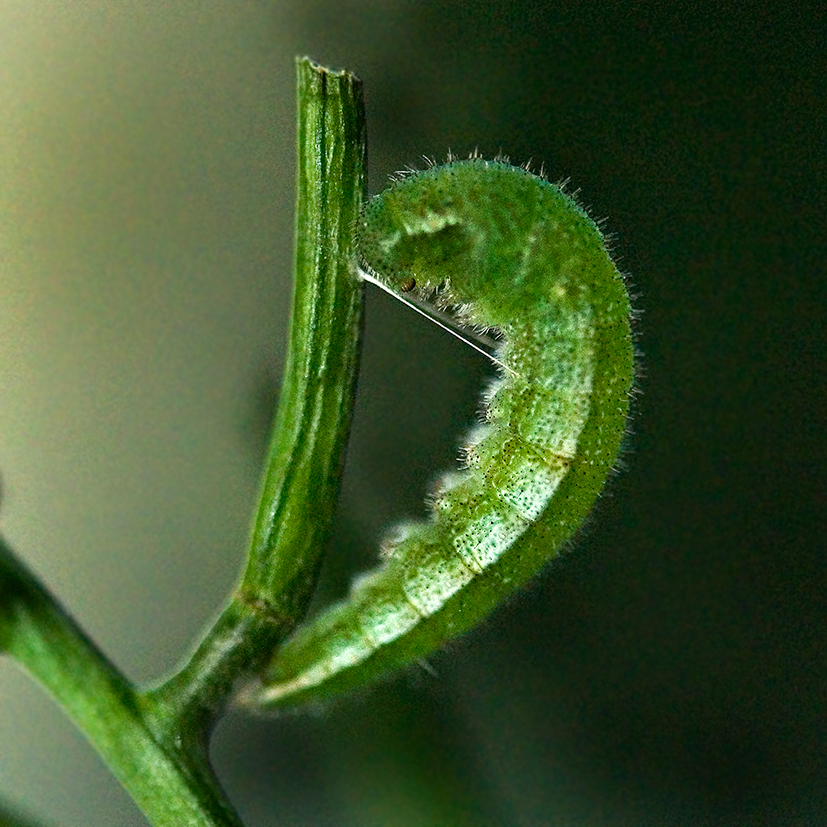
The transformation starts with a bump growing on the caterpillar’s head, which quickly develops into a ‘pixie-like’ pointed cap. Then the chrysalis shell seems to envelop the caterpillar from head downward fattening out in the middle (to accommodate the wings?) and continues down the abdomen to the tail end. A little writhing and wriggling dislodges and discards the headpart and the chrysalis is formed: a lovely, elegant ‘gondola’ boat shape form with two pointed ends and a triangular middle area, still attached firmly to the stem. Here is the transformation process sequence, utilising photos from two different caterpillars
Yes a long wait for 10 months before the adult butterflies emerge next April/May.
Very satisfying though to watch the process of how the chrysalis forms. Alwyn.
See more in the comments on this post …
Damsels and dragons at Highstone Farm
– breaking out of lockdown
’Twas the Glorious First of June. I decided to take up David Allen’s kind invitation and had a most enjoyable afternoon in the fresh air, pottering and looking around to see the beautiful wildlife at Highstone Farm. Sunny, warm, 25 degC, no breeze -ideal!
Notable sightings included Azure, Blue-tailed and Large Red Damselflies, 4-Spotted Chasers and Broad-bodied Chasers galore!
The Broad-bodied Chasers kept landing close to me, one almost perched on my foot as I sat by the pond – a thrilling and memorable encounter. I wasn’t able to photograph the Emperor Dragonfly (recently emerged that afternoon) and 4-spotted Chasers that were about around the large pond.
However I photographed a mating pair of Hoverfly, Helophilus pendulus (one of the ‘footballers’) – not witnessed this before.
Small Tortoiseshells, Speckled Woods and Small Whites were about. Lots of Bees everywhere.
The Early Purple Orchids skirted by daisies were also a joy to see. In fact there were lots of flowers in bloom everywhere, both horticultural and wild.
Surprisingly no photographs of birds but many seen and heard: Song Thrush, Blackcap, Chiffchaff, Robin, Dunnock, Chaffinch, Blackbird, Nuthatch, Carrion Crow, Jackdaw, Goldfinch, Grey Heron,Magpie, Pheasant, Wood Pigeon, Collared Dove, Swallow, Canada Geese with 3 young and more were all present.
There was however a lovely specimen of Dryad’s Saddle Bracket Fungus Cerioporus squamosus- sometimes known as Pheasant’s Back mushroom.
Rearing Orange Tip butterflies
– quite a challenge!
Rearing Orange Tip butterflies. This week, I have started rearing four Orange Tip caterpillars, found on the seed pods of the Garlic Mustard plants in my garden.
The caterpillars are now indoors, in the gauze cage that I had used originally to rear my Painted Ladies a few years ago. They are still on the same plants (in a small vase) and they are munching away, day and night, at the long seed pods and are hopefully free from parasitic flies, birds etc.
Currently about 12mm long, they will develop (hopefully) to about 3.5cm.
Difficult to see and photograph because of their very small size (short and thin). They are well camouflaged, mimicking the seed pods along which they are resting.
You might notice the presence of small clear beads of liquid topping the black hairs on each caterpillar’s back. No one really knows their purpose, perhaps a guard against predators?
The caterpillars will eventually pupate at the 5th (and final) Instar into a Gondola boat-shaped Chrysalis, fastened to a stem with a silken girdle around its waist and a silk pad at its tail end.
Then it’s a long wait until next Spring when they will metamorphose into beautiful adult (Imago) butterflies.
These caterpillars are cannibalistic and the female Orange Tip usually only lays one egg per plant.
I’m hoping to photo-document their progress if I can, that is if they don’t eat each other! Lots of fun! Alwyn.
House martins in action
Enthralled by at least 36 House Martins swooping and descending to collect mud
I stood enthralled and watched at least 36 House Martins swooping and descending together to collect mud (for nesting) from a small area of wet ground and a shallow puddle, created by some sort of leakage running down the side of the track that leads down from the housing estate.
Everywhere was so very dry and this seemed to be the only wet patch in the vicinity. The martins must have been desperate to get their nests made and start laying. Hence the large numbers seen at once. It was an equivalent of a feeding frenzy. Alwyn.
Small Blue Monday
-the amazing small blue butterfly
I counted a total of 66 Small Blues on my Bank Holiday Monday excursion -a very pleasing and encouraging count- including a female ovipositing
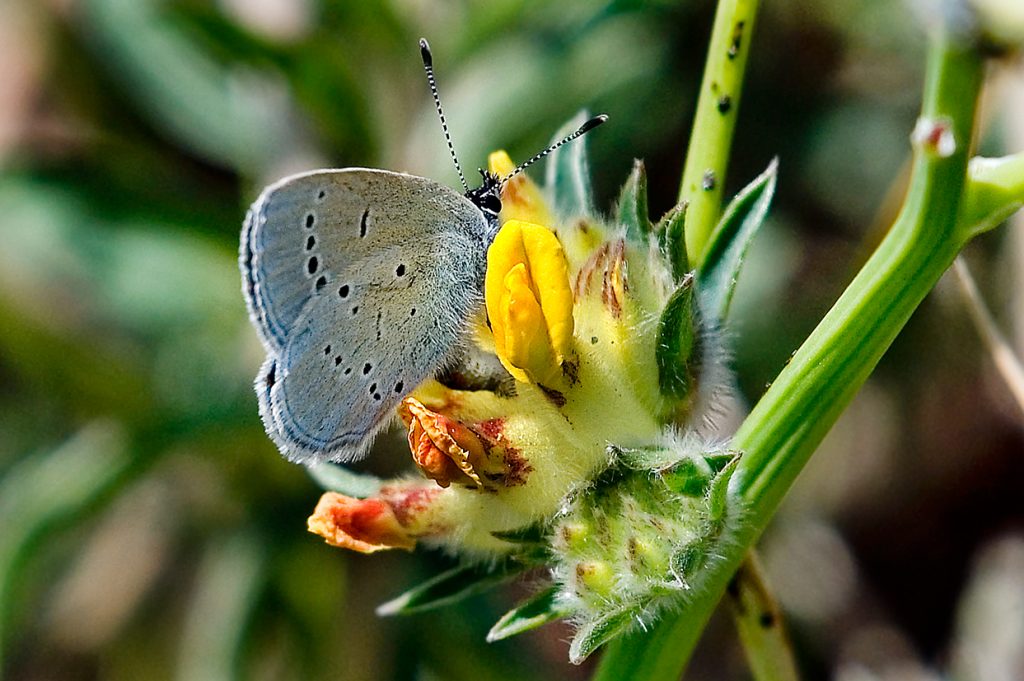
The Small Blues were difficult to count because they (mostly males) were solar-powered, scurrying about looking for females. Fortunately, the Small Blues don’t travel far before settling, flying low in short bursts only.
Here are some more images taken on the day …
I found almost all of the Small Blues in a particular area where kidney vetch is regenerating very well.
Here’s another image of a Small Blue collecting salts from a muddy patch. Alwyn.
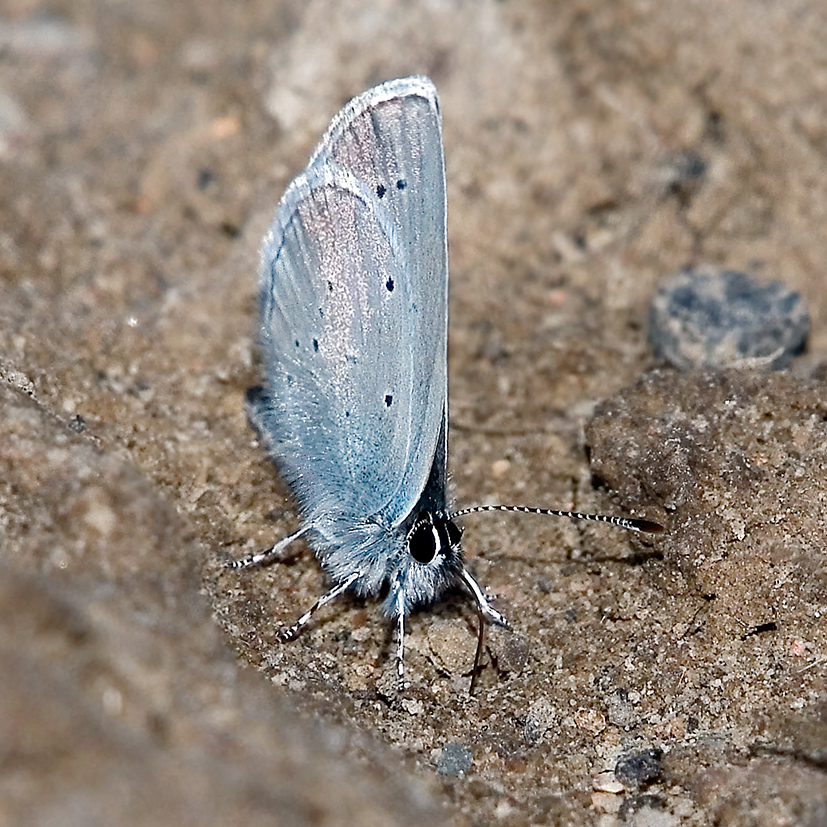
More information on Small Blue butterflies can be found on:
http://www.barnsleybiodiversity.org.uk/small_blue.html

